Hi All,
This week, since we’re all in the midst of sewing up a storm for the #SewPantyParty, I thought I’d throw out some of my favourite tips for sewing up undies, and specifically tips I use to make my undies look and feel the most RTW. So let’s jump in!

I think this tip seems the most obvious, but I also think it’s the most important. You can have the exact same pattern make it up in one fabric and love it, and then make it up in a different fabric and completely hate it. What I like to do is look at the underwear in my drawer that I already love. What is the fabric like? How stretchy is it? How soft is it? What kind of elastics did they use?
And it’s different for different styles of panties too- for example- I love a great, soft, super stretchy bamboo fabric for a boyshort or bikini- it’s so comfy and body clinging- but I’m not as big of a fan if I’m making a thong- it stretches out a little too much in the crotch length and you have to make sure that your gusset lining is a little more stable.
Next is elastics. I find that the majority of underwear uses a softer style of elastic, or even stretch lace as elastic, but it does vary from style to style. If you want a cheekier style- definitely go with something softer like a lace elastic so it won’t cut into you. But if you want something really hugging to hold the panty under the cheek- you might need something with a little more snap! It all depends on your style and preferences!

This one again might seem obvious, but it’s very important! I find that there’s nothing that feels less RTW than a loose seam allowances in your underwear. There are lots of ways that you can finish your seams too! If you’re using a serger like I usually do- it’s a super simple one step process and all your interior seams are overlocked. If you’re not using a serger, I find that for short seams – like the side seams on a bikini- a straight stitch with row of top stitching is great. If it’s a longer seam like the centre back seam- you can always finish it with a zig-zag stitch, or even topstitch it to the side with a zig-zag stitch. Whatever works best for the fabric you’re using and the machines that you have!

This is another nice RTW technique. When you’re making your gusset or ‘crotch lining’ you can make all of your seams enclosed – so all of your seam allowances are between the lining and the outer fabric.
I find that there are three types of gussets in underwear- ones that are completely enclosed front and back, ones that are half enclosed (usually at the back), and then ones that are not enclosed at all (usually on a boyshort style)- and it will really depend on the type of undies you make. For a fully enclosed gusset- you will need a style of panty where you can cut the outer layer of your gusset as a separate piece from the front and back of your panty – usually a brief, and then when you sew it- you can sandwich the back and front pieces in between the layers of your gusset, so that all the seams are enclosed. Or if you have a solid front piece that extends all the way back to the back piece, then you can enclose the back of the gusset, and finish the top edge of your gusset with a serge or zig-zag stitch.
This style of finishing is nice and smooth and looks great on the inside of the panty.- If this was unclear at all, let me know, I can do a tutorial on this 🙂

Another simple one. I find that when I’m making a bra I will spend as long as it takes to get the perfect mirror, but when I go to make the panties it’s a little more ‘how fast can I make these’. But, when it comes to having that gorgeous high-end look- it really makes a huge difference. And I find for myself it’s not even that it’s a glaringly bad look when lace is not mirrored – it looks ‘fine’ – but when it matches – it’s just glorious 🙂

When your panties match your bra it instantly elevates both. But you might find, like me, that it can be a bit challenging to make a matching set when you almost exclusively use non-stretch materials for your bras. But there is a solution to this- and my favourite solution is to add a centre front panel with your non-stretch fabric. Generally speaking, panties don’t need to stretch very much right at the centre front (especially in a briefs style). It’s really around the sides, and in the back where your body does most of the moving and shaking. The front stays pretty static at all times. So it’s the perfect place to add a couple seam lines, and pop in a centre front panel with your matching bra fabric! I did this for my Chartreuse & Black Set, for my Emerald Set and on my Lily of the Valley.

Simple bow, extra straps, keyhole & cut outs, garter straps, lace, binding, jewels. Whatever your style there are so many things that you can do to add that little extra! For me, I like to keep it fairly simple, and pick one thing to add- maybe it’s a strap detail, or maybe some bows. It’s also nice to have a couple pair of panties per bra, and some of them might be just simple all-black, and then others can have more embellishments -think your Monday pair and your Friday pair ;). My favourite place to look for inspiration is my lingerie board on Pinterest- so many amazing ideas!
And those are my top tips for making your panties look & feel RTW!
What are your top tips for making panties?
Were there any tips you wanted me to expand on or do a tutorial on?
How do you like to embellish your undies?
Talk to me in the comments!!
xo
erin
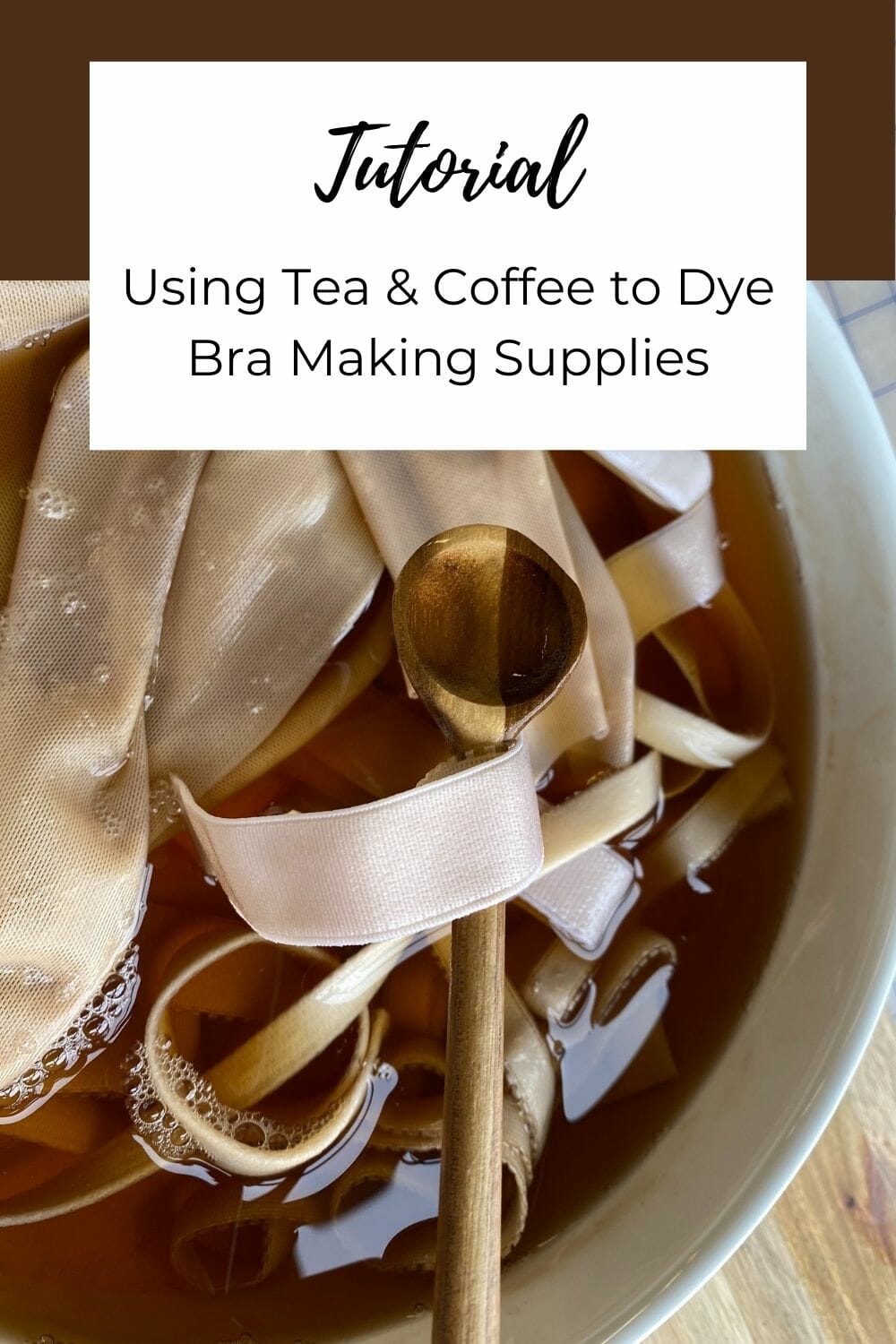
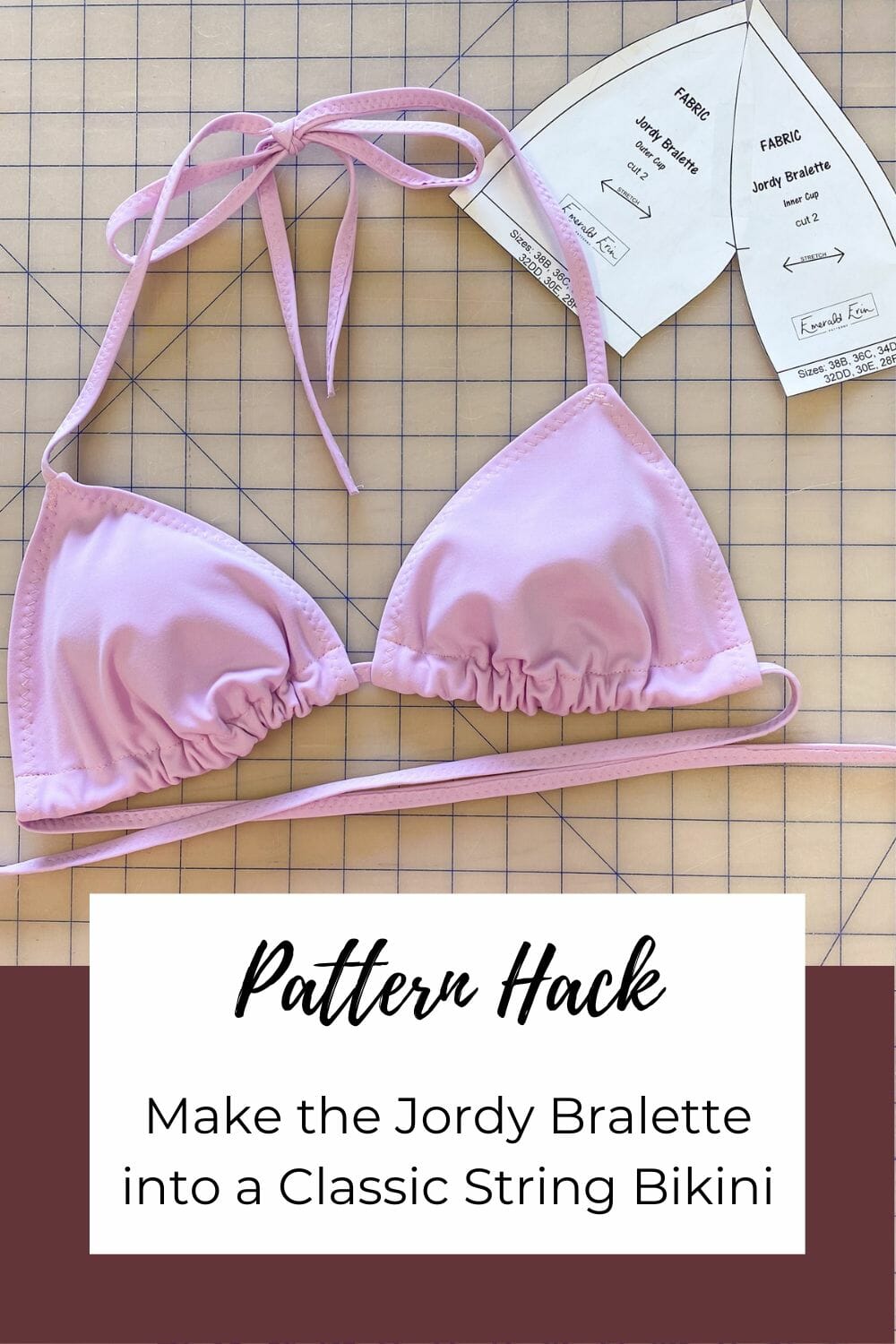
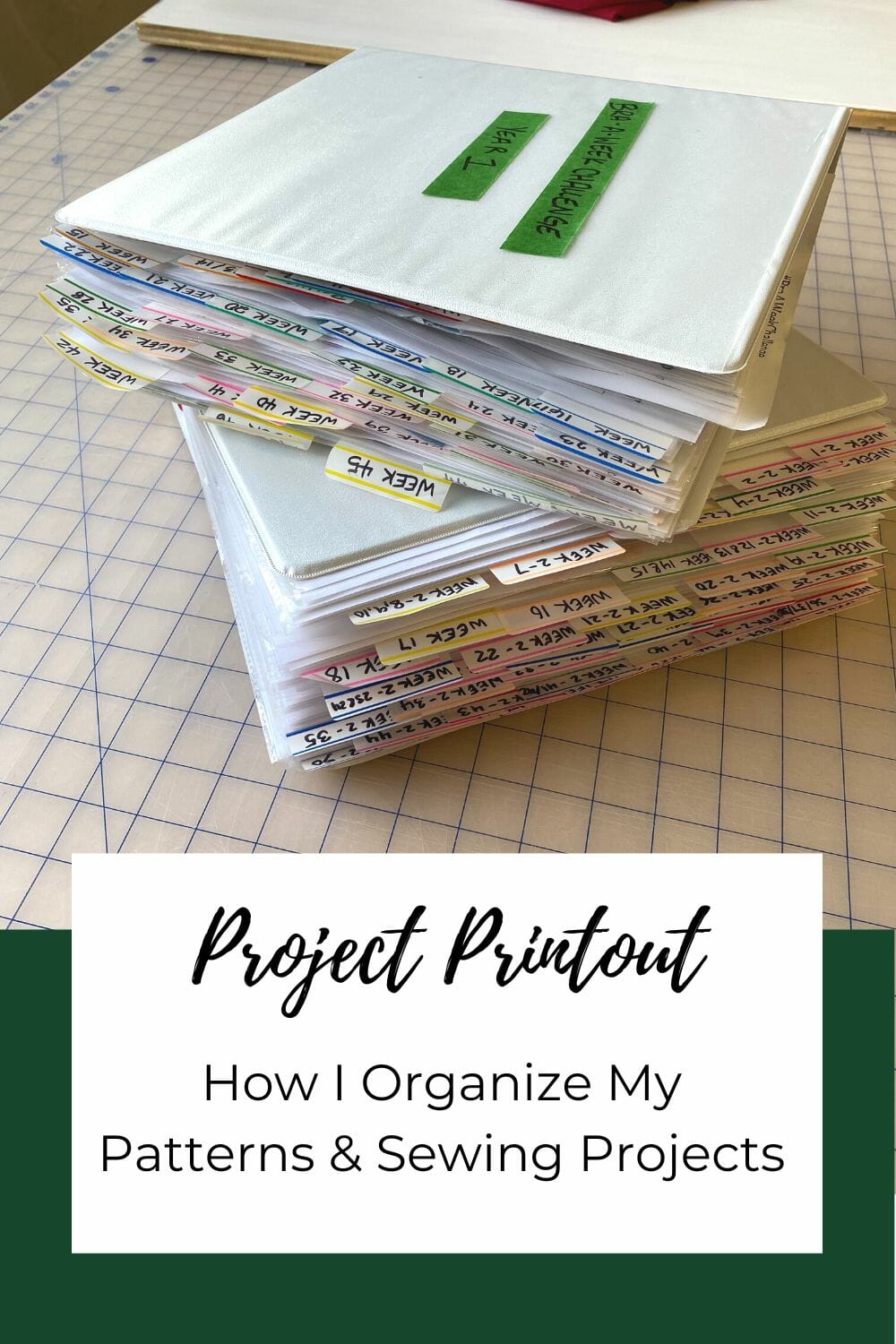



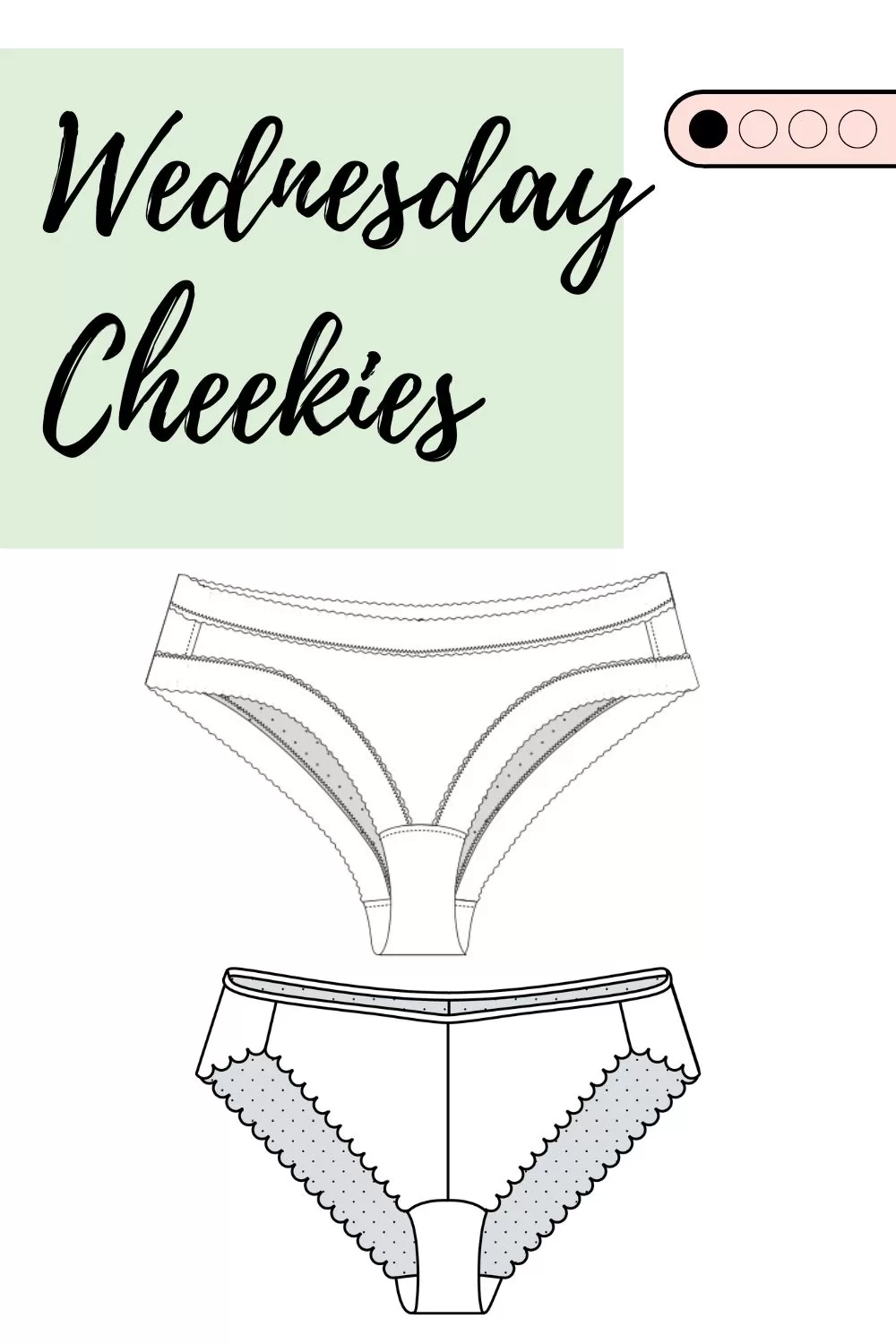
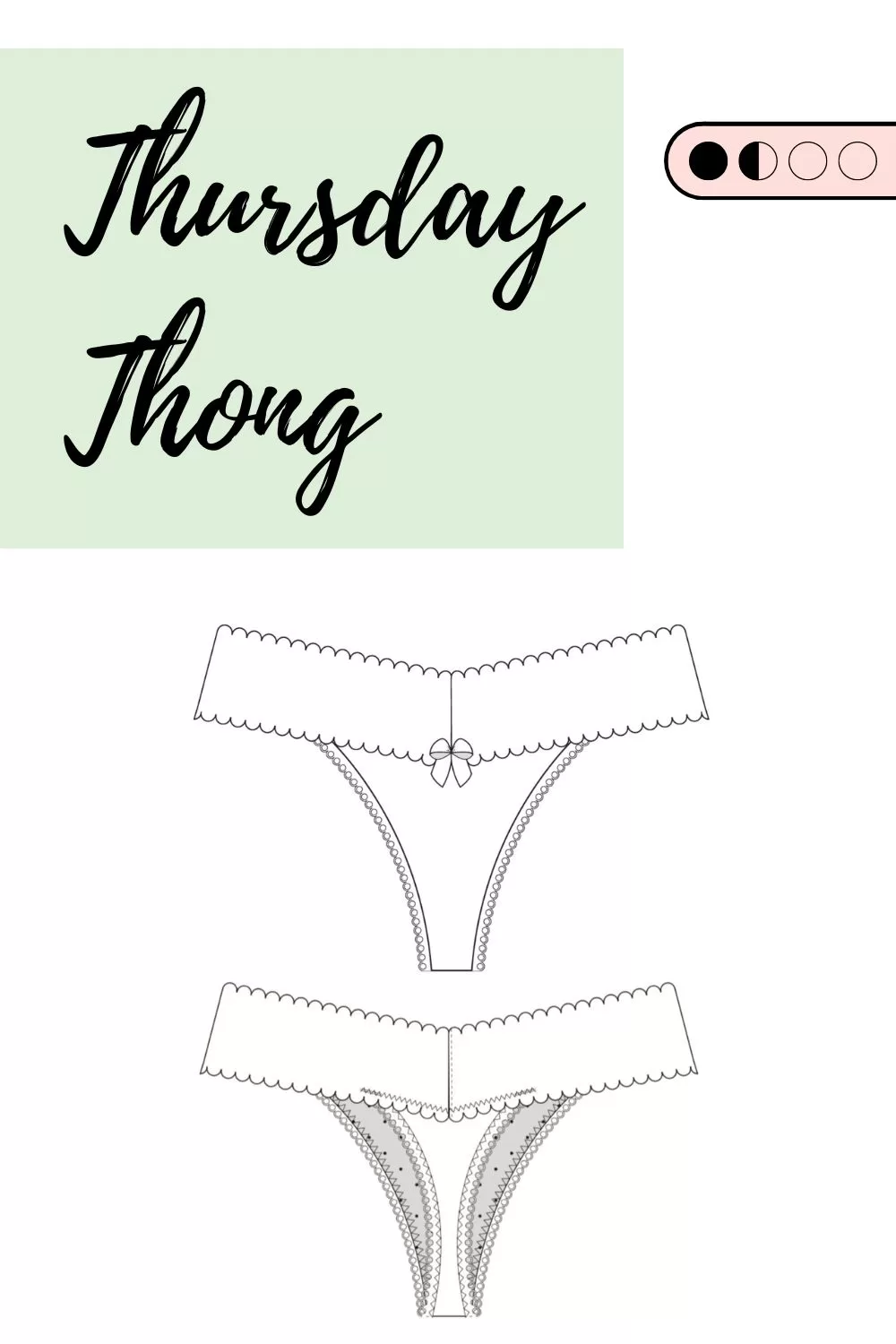

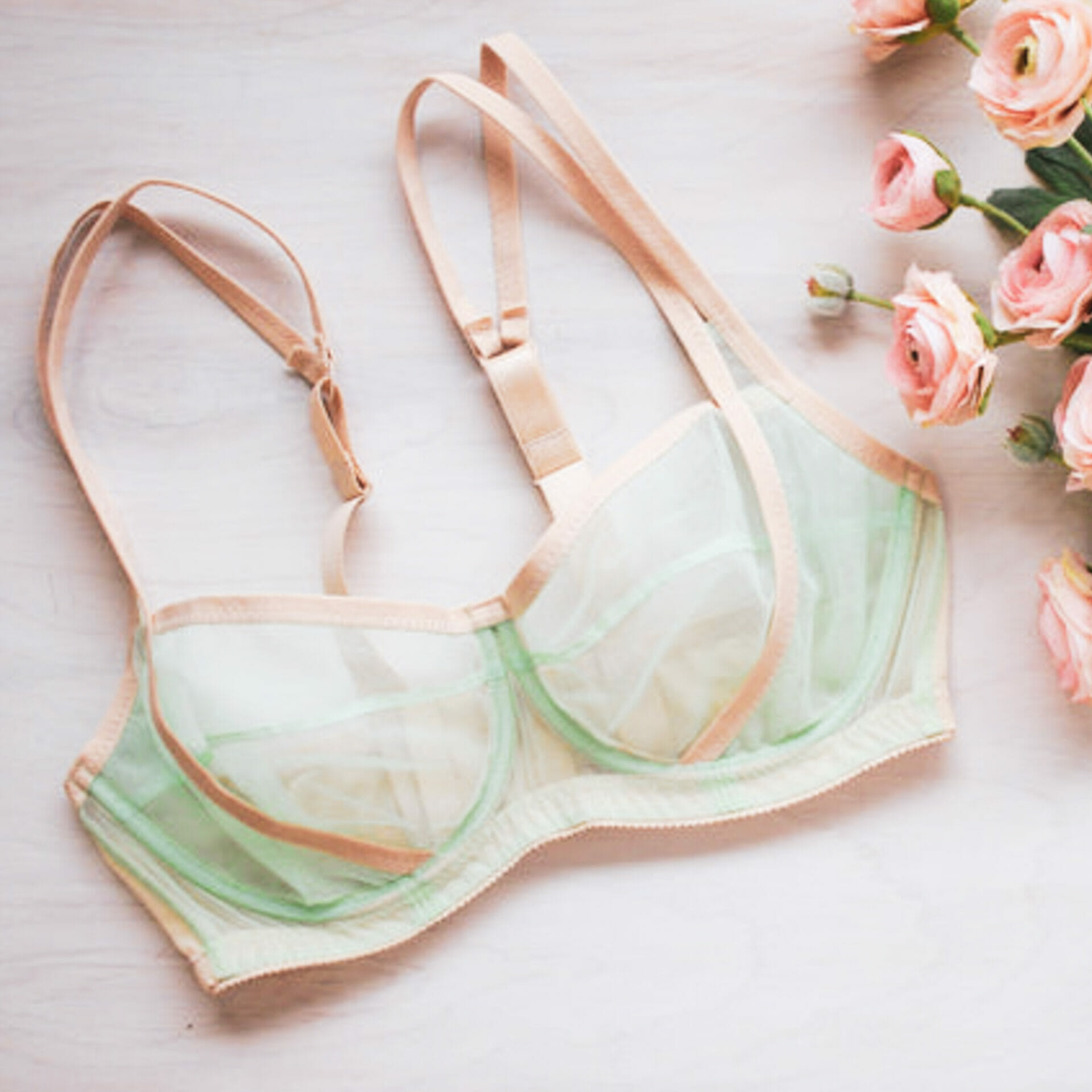

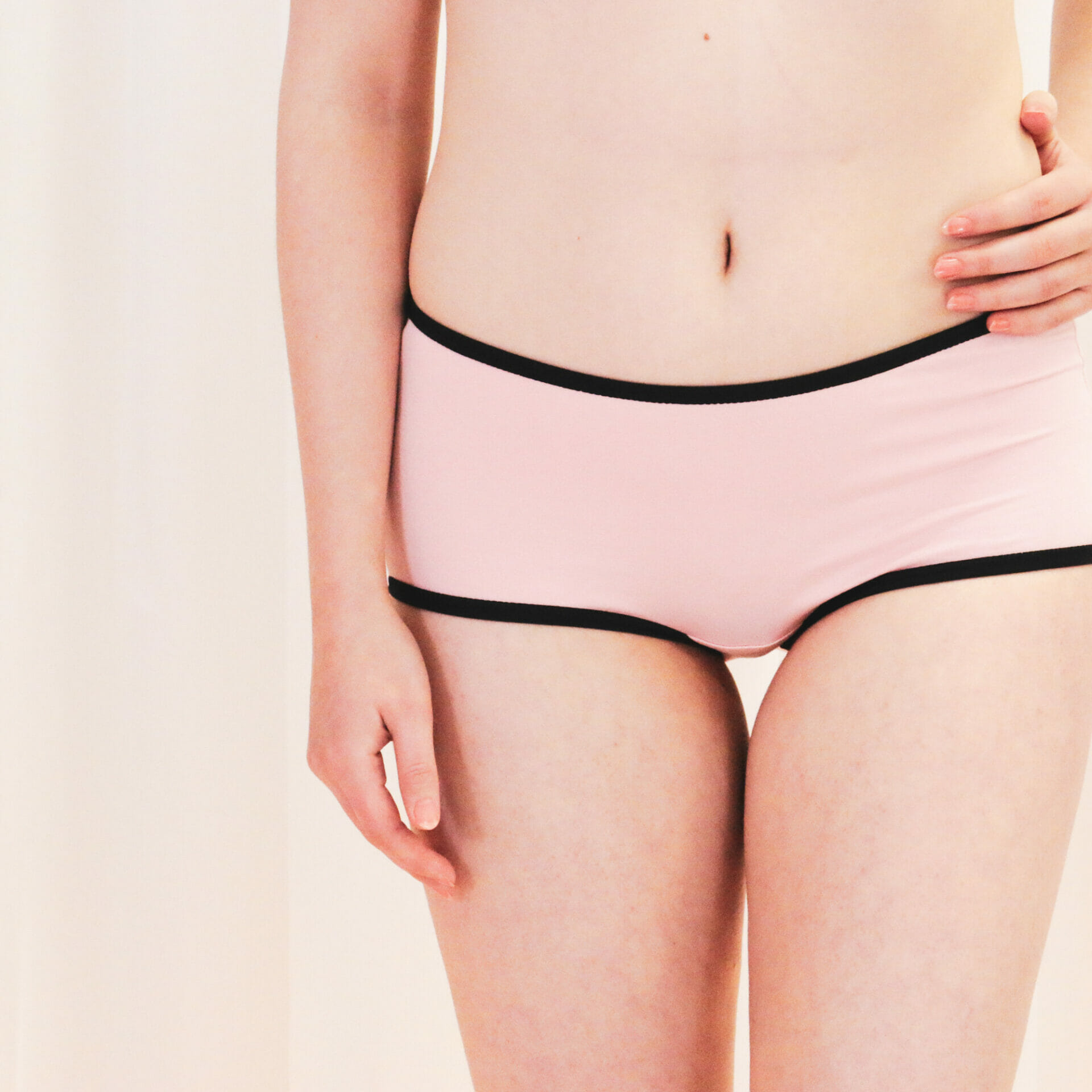
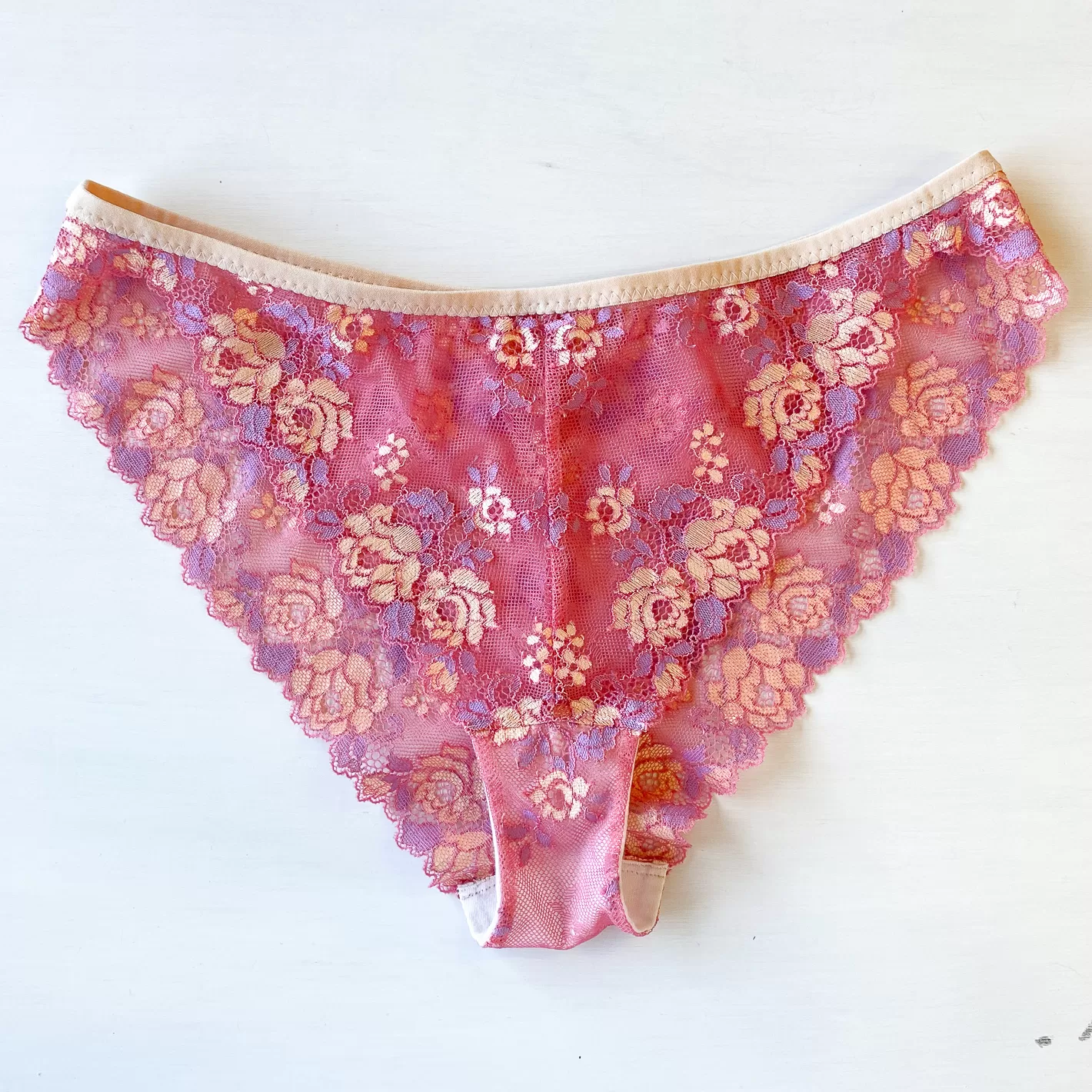
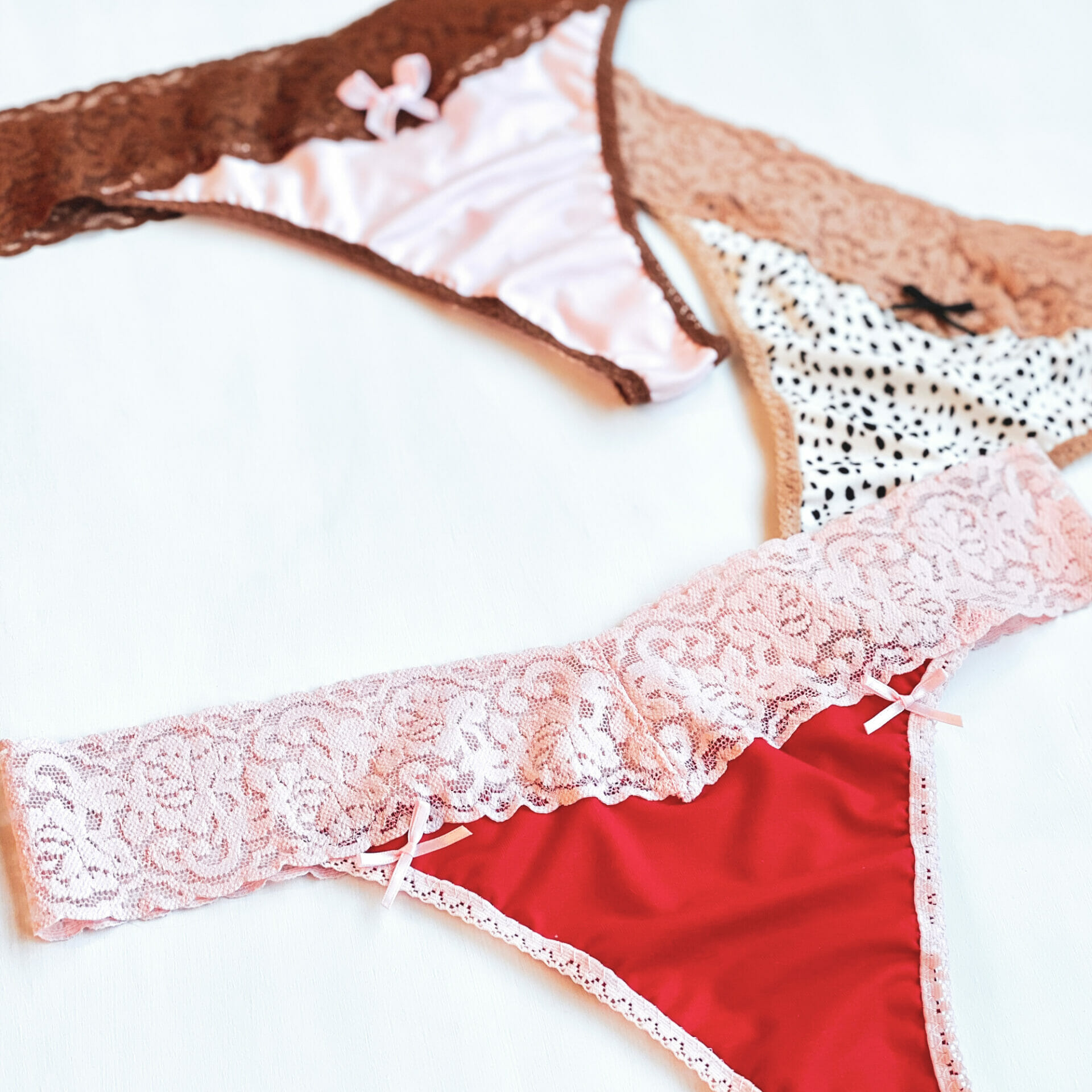
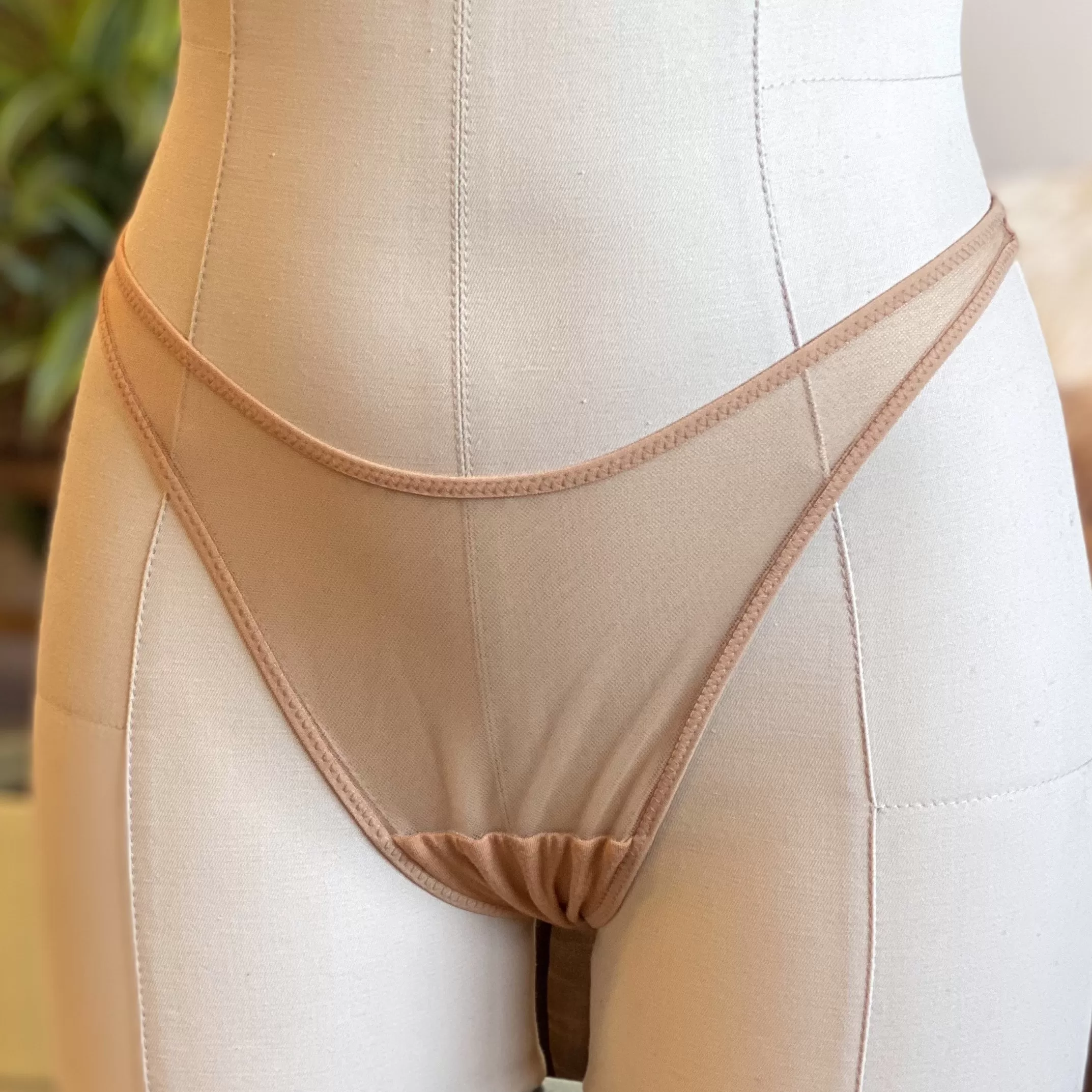
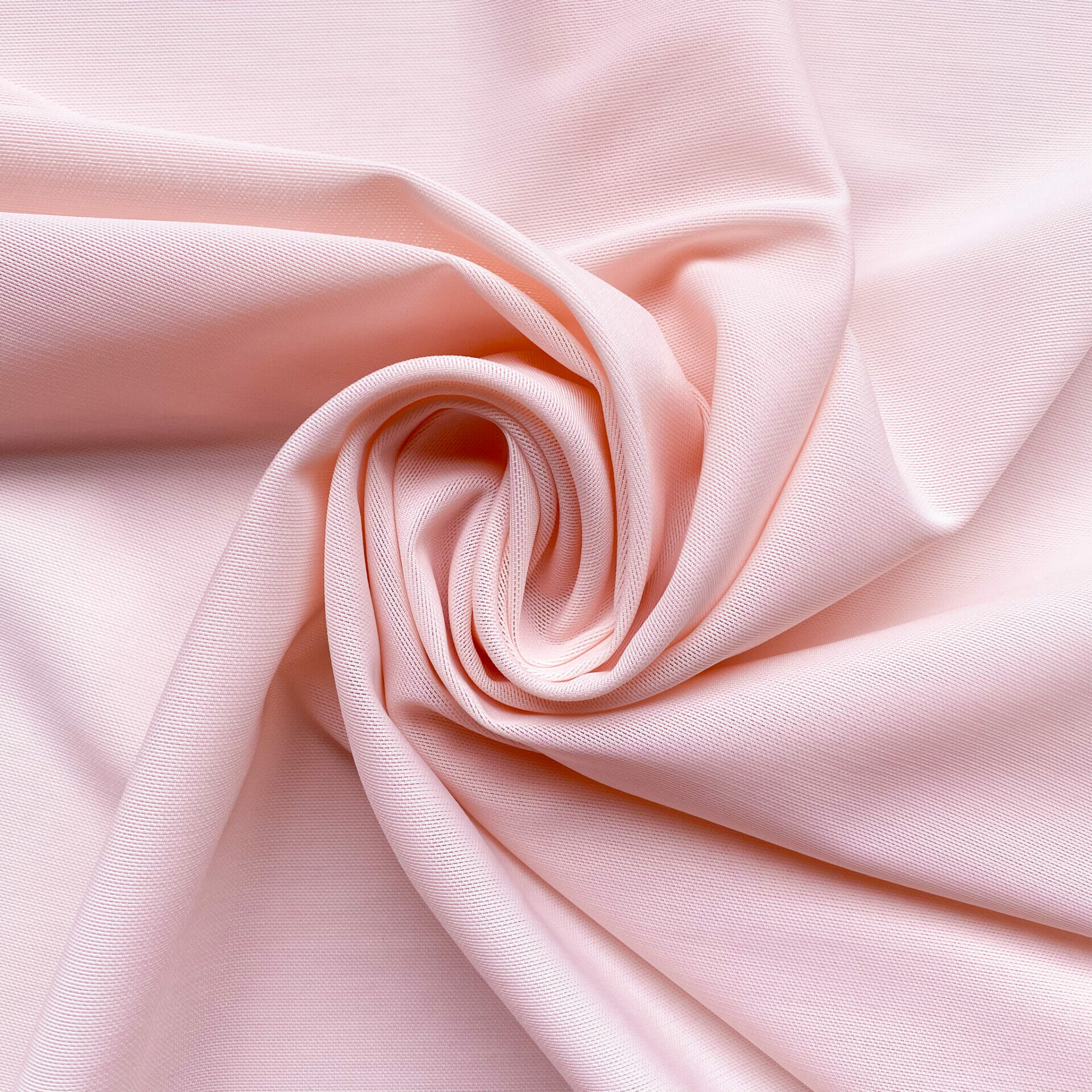

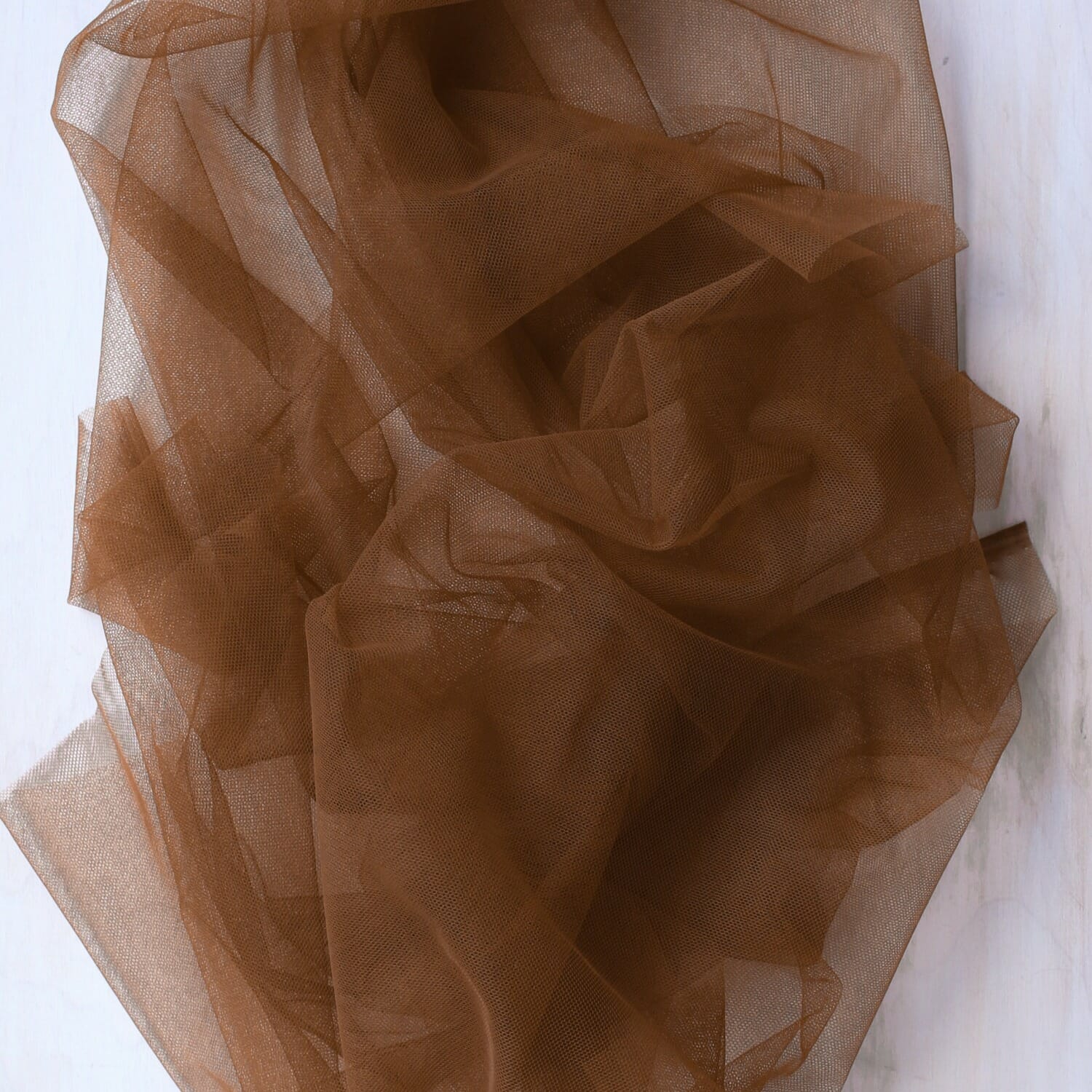
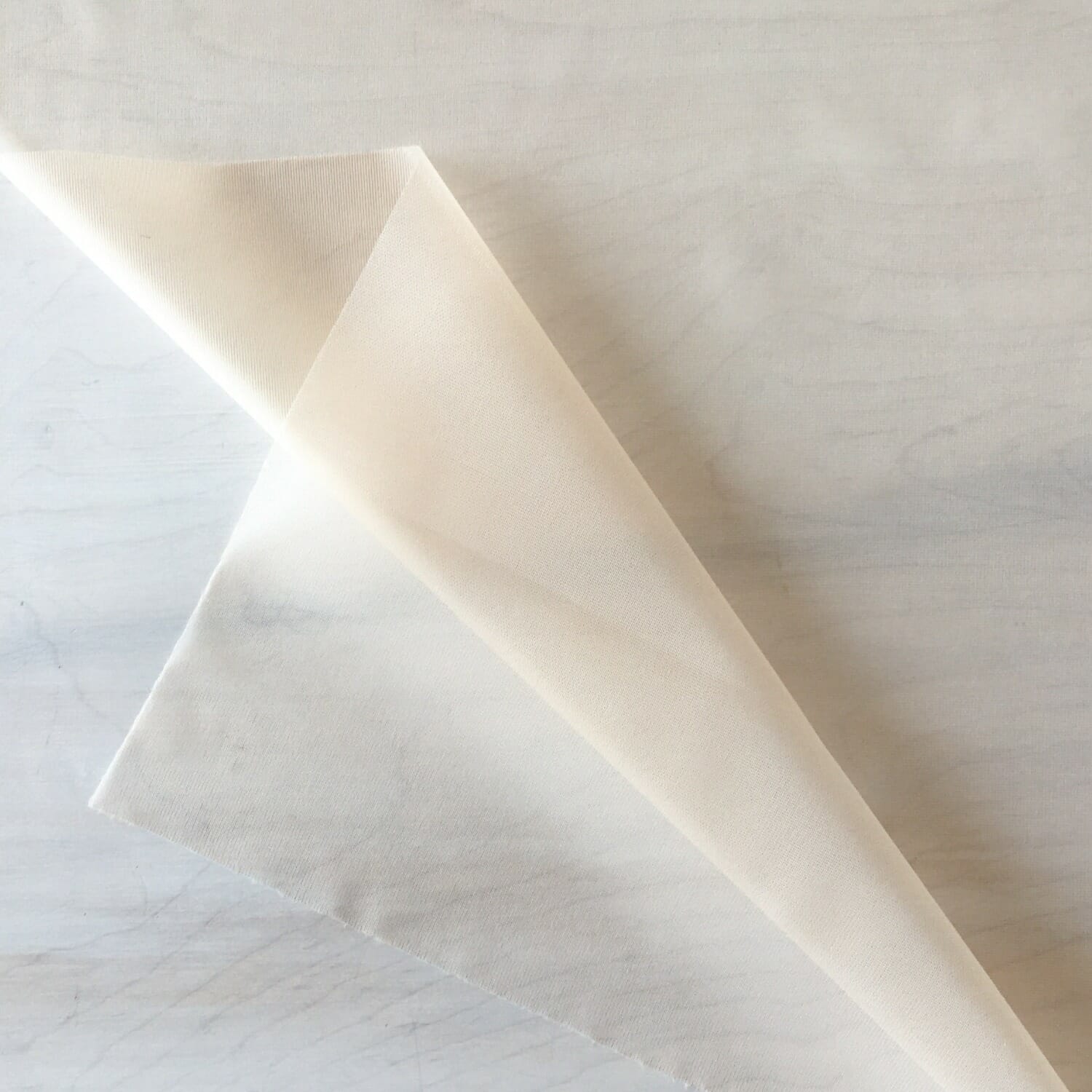
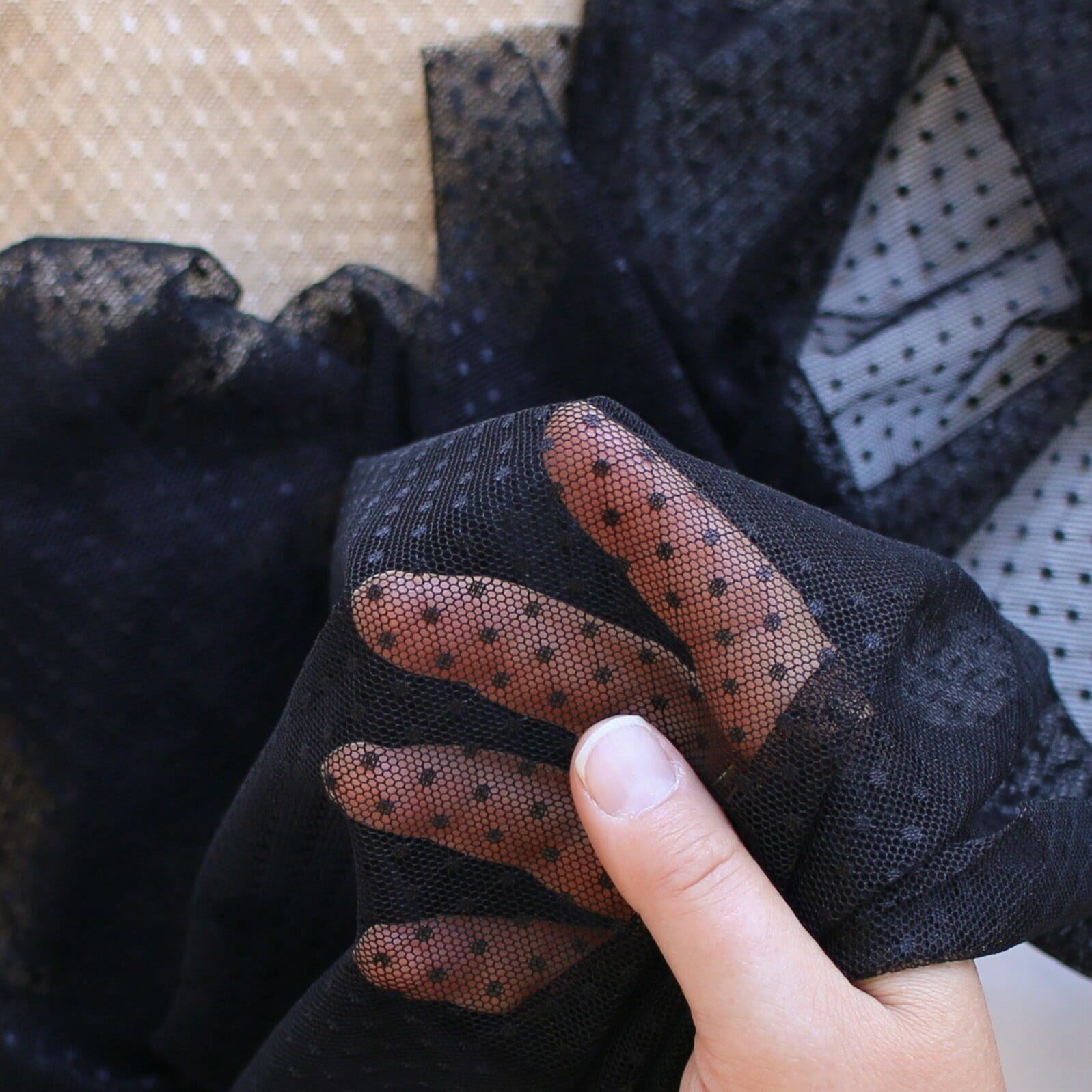
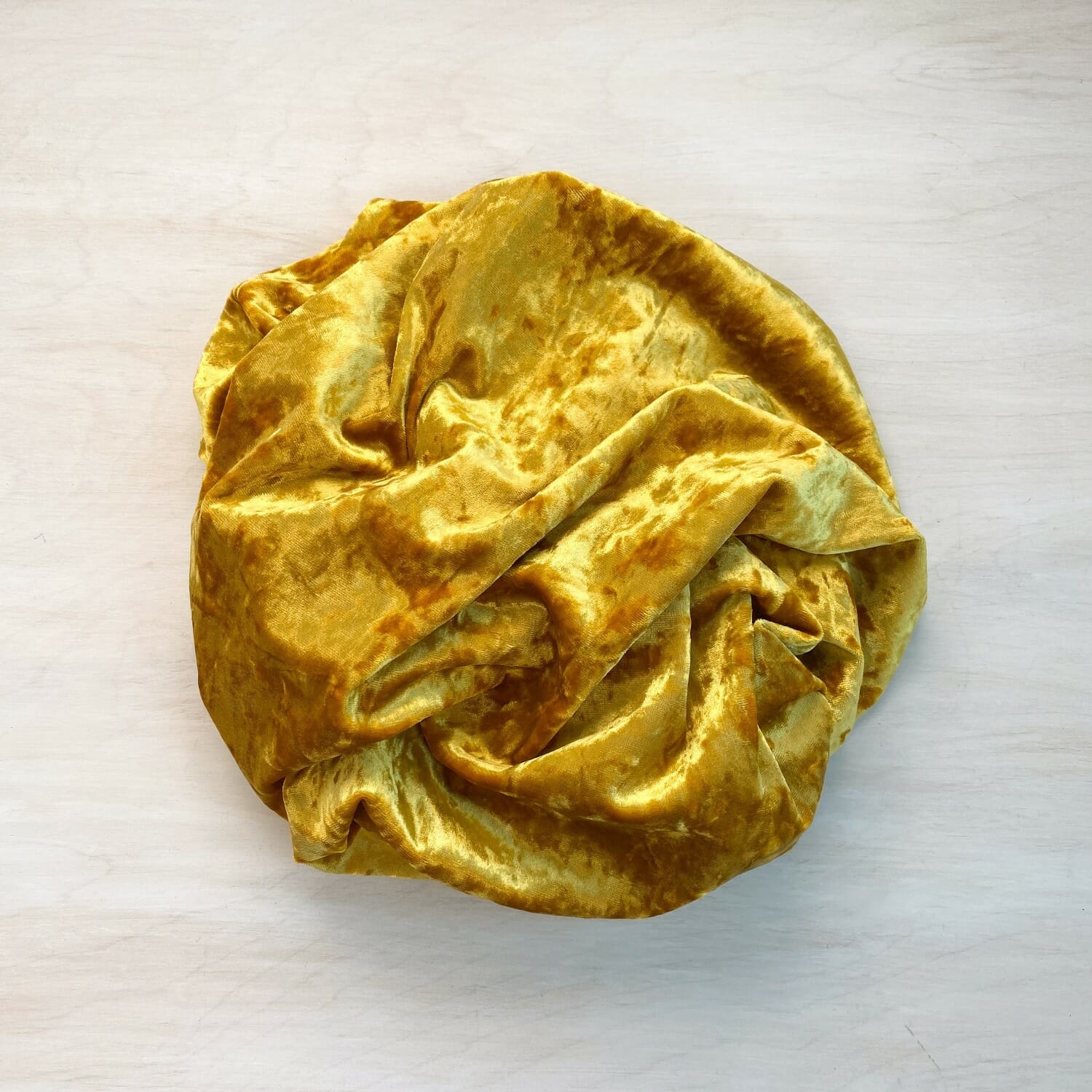
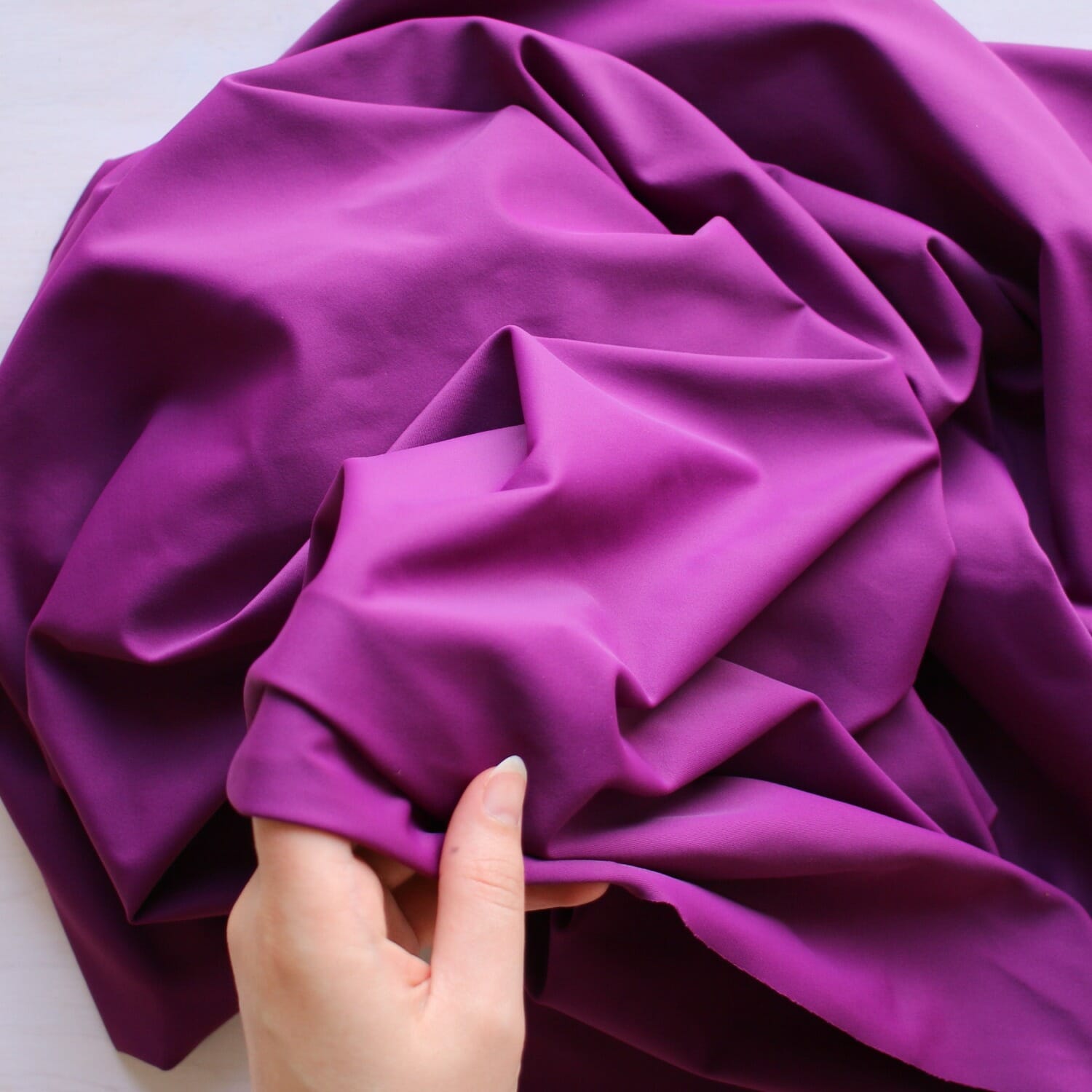
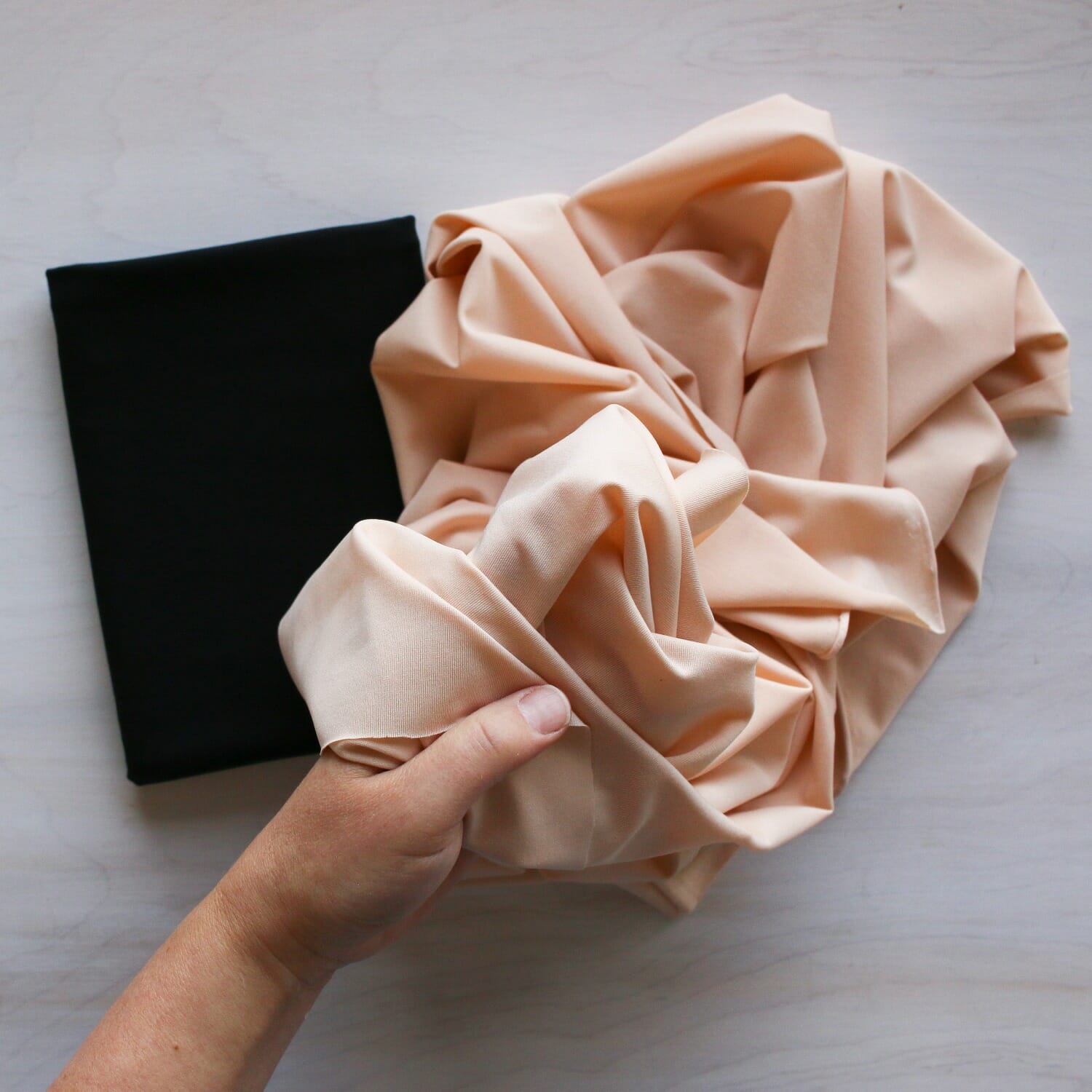
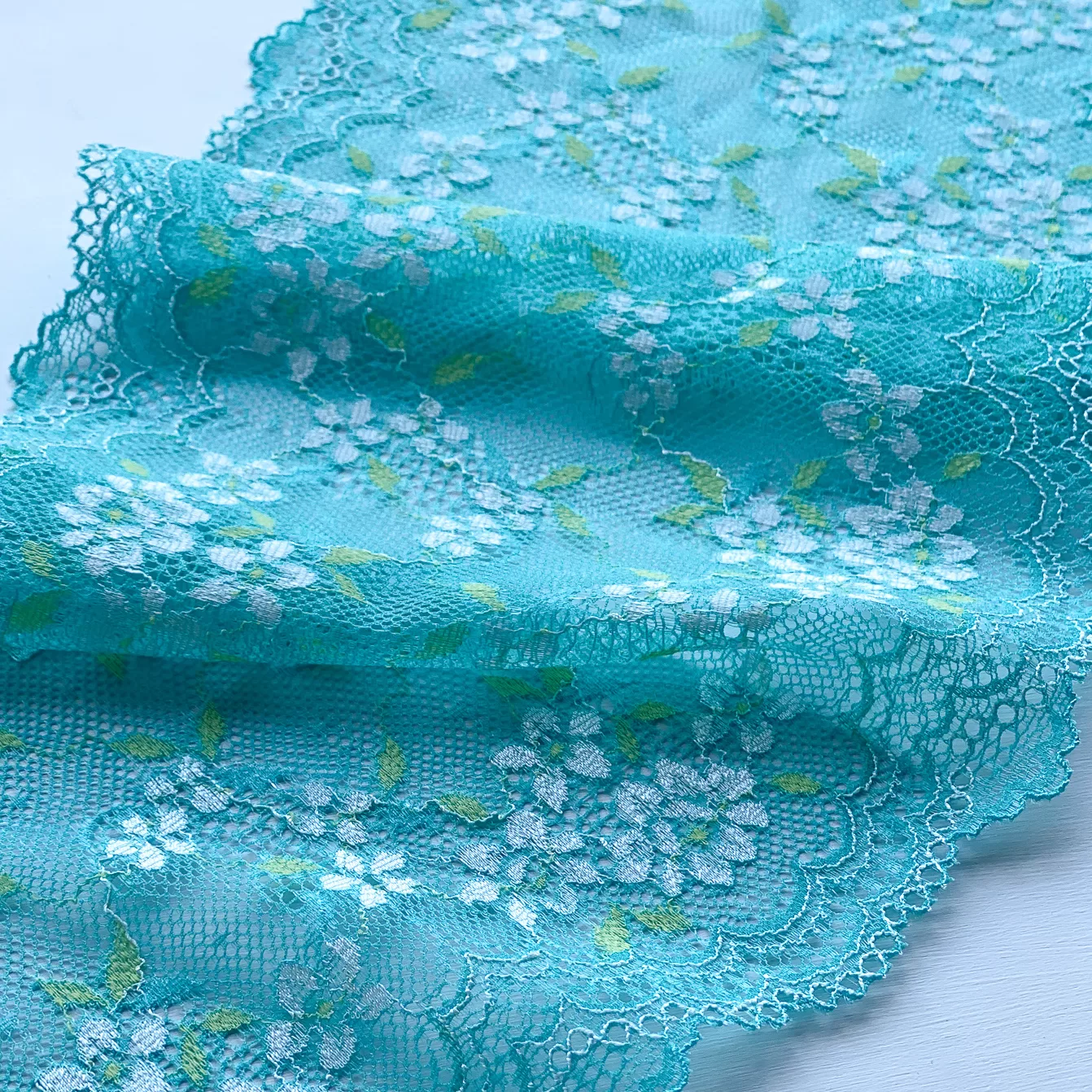
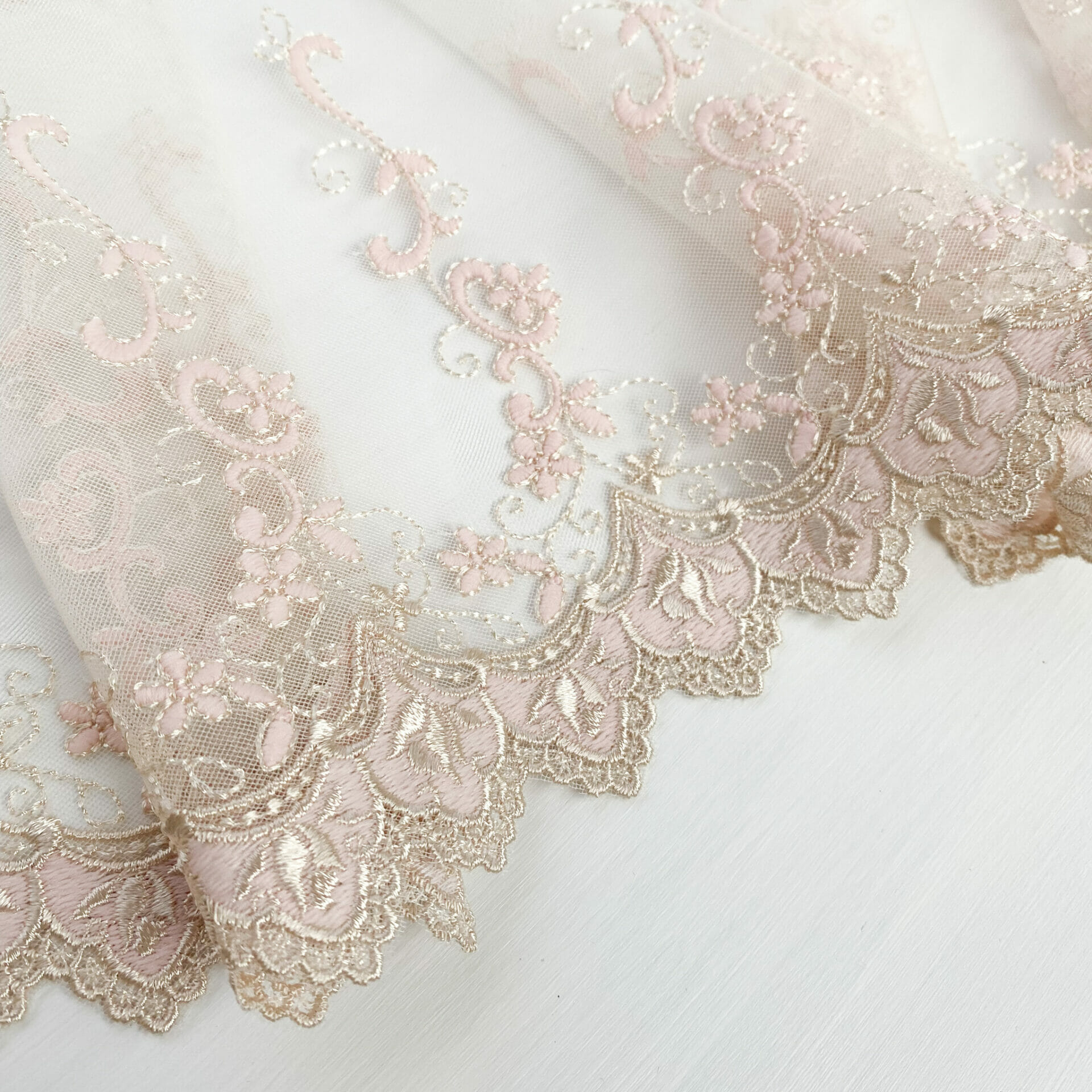
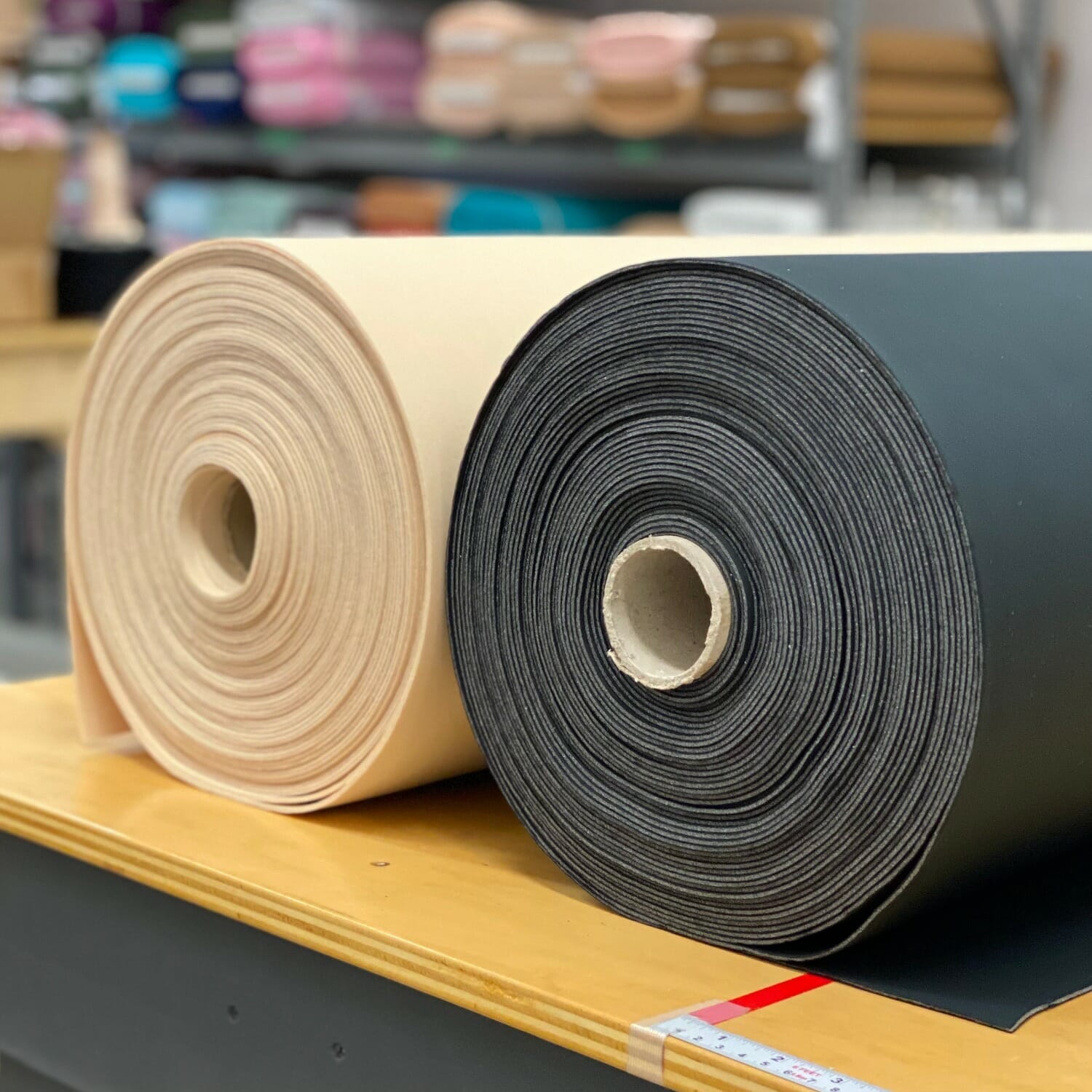
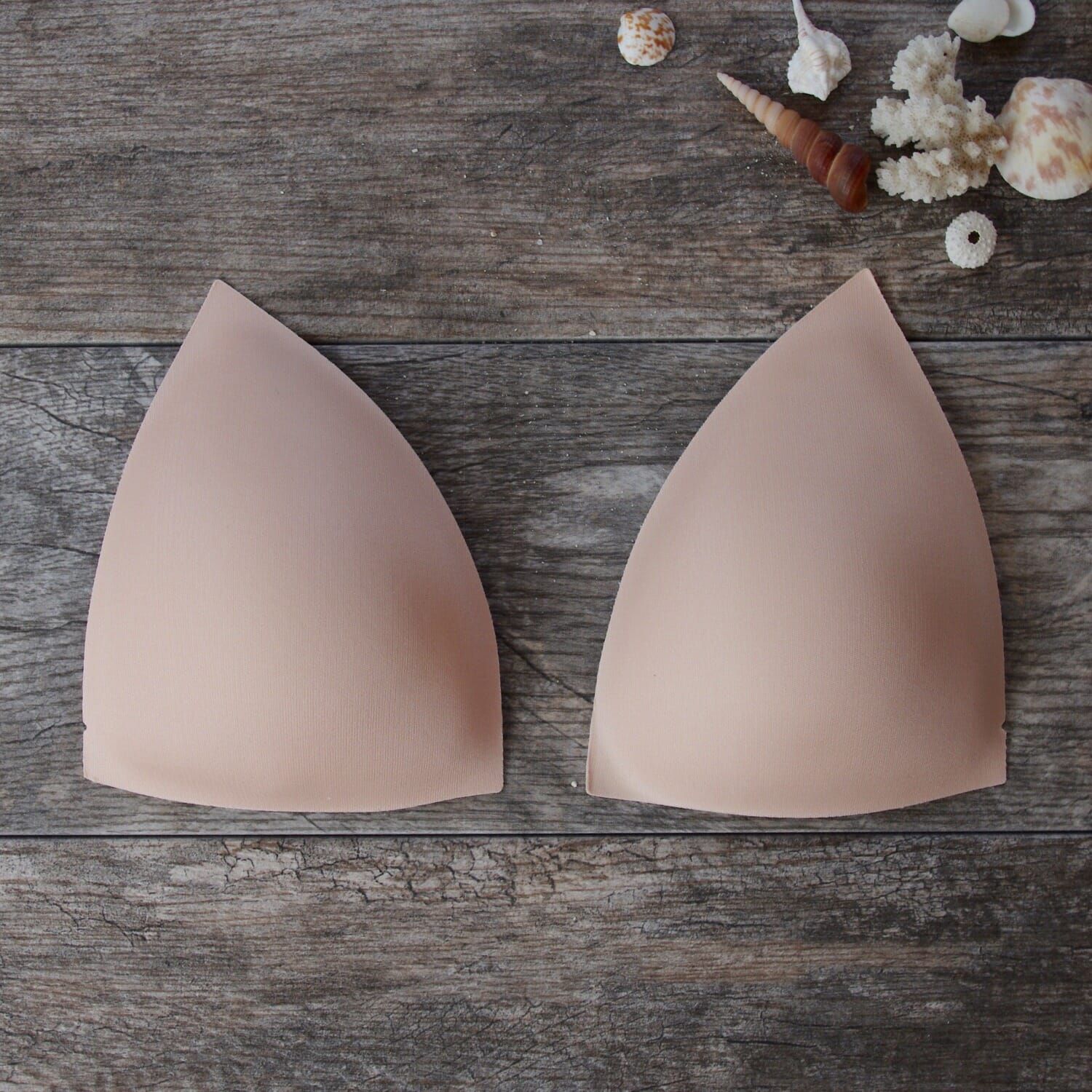
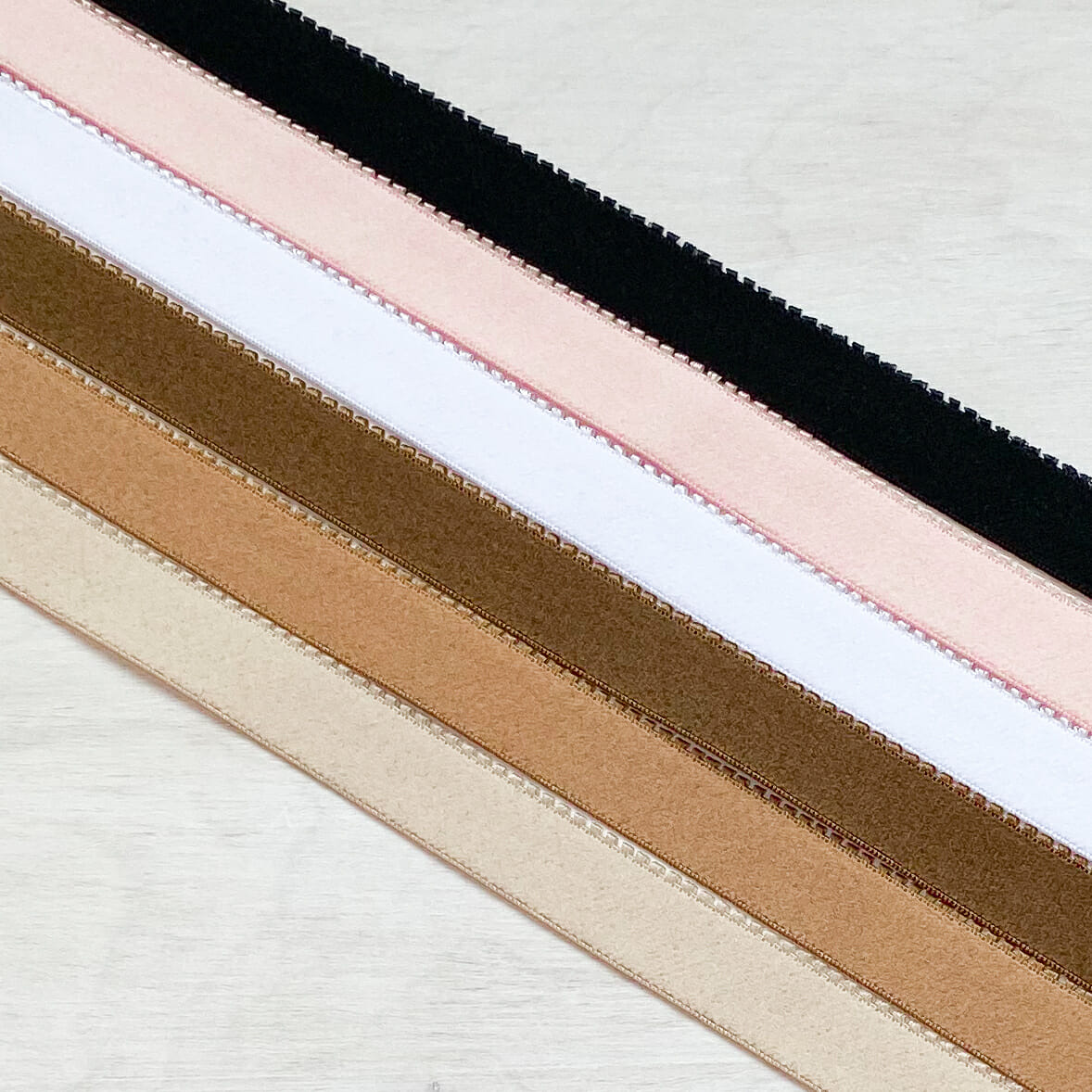
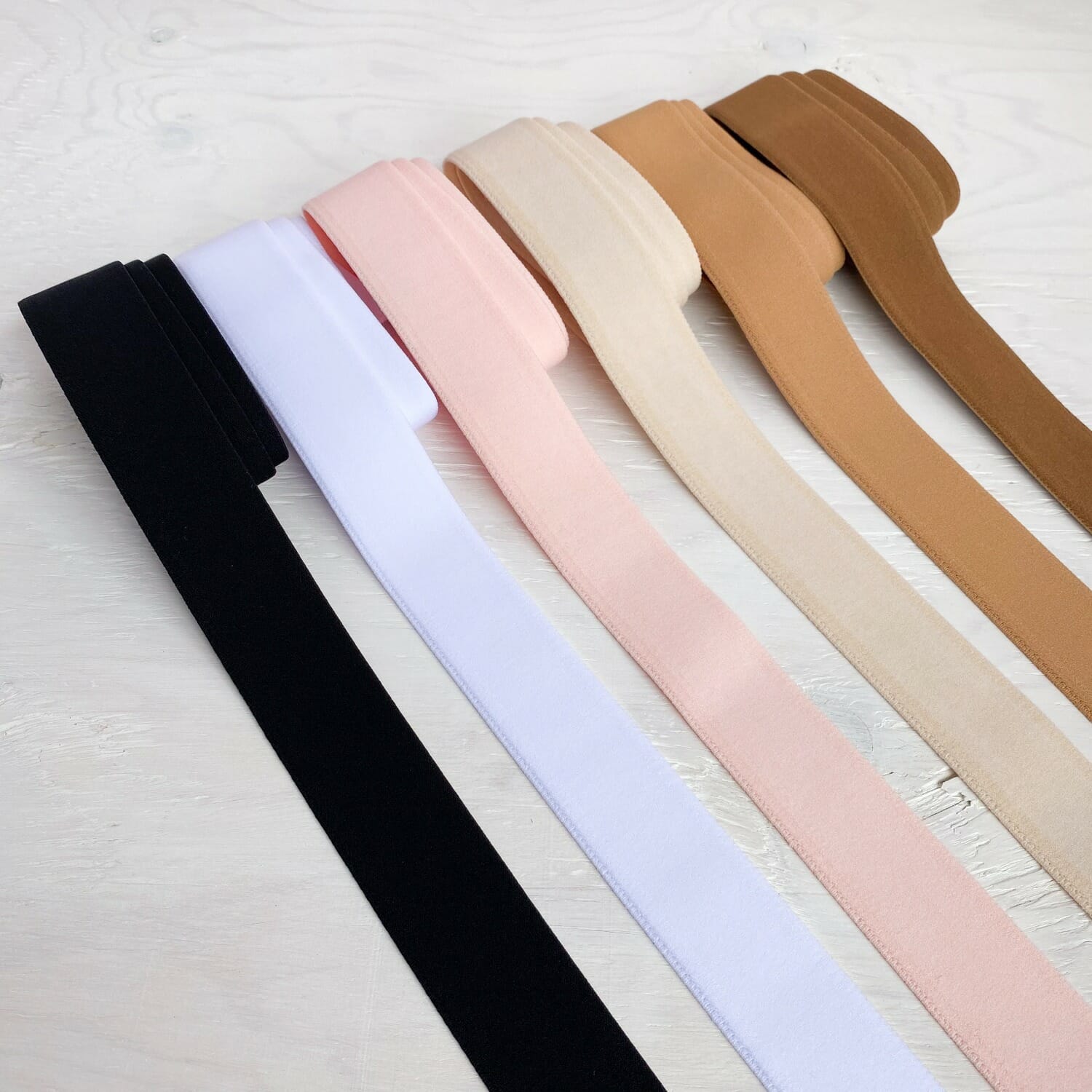
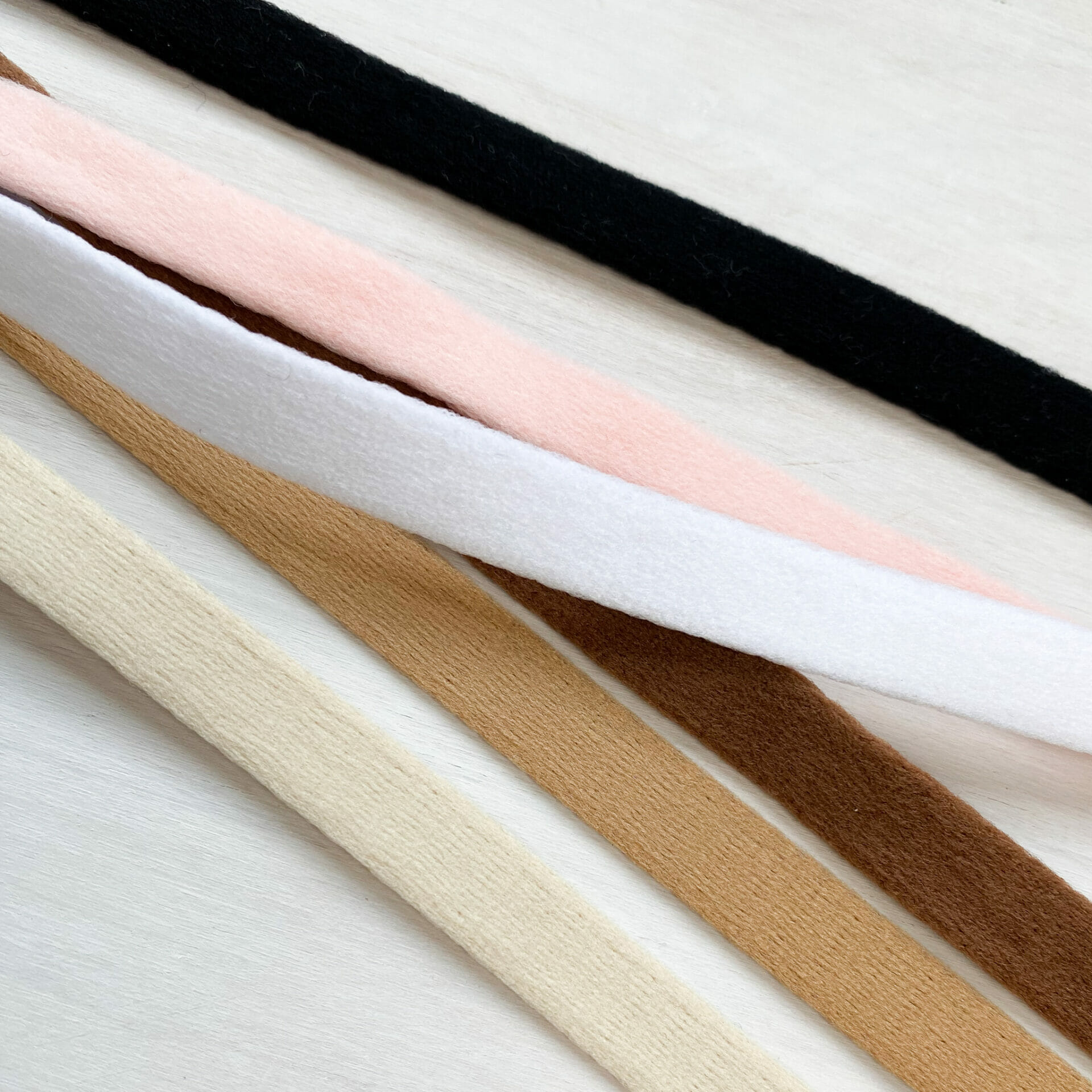
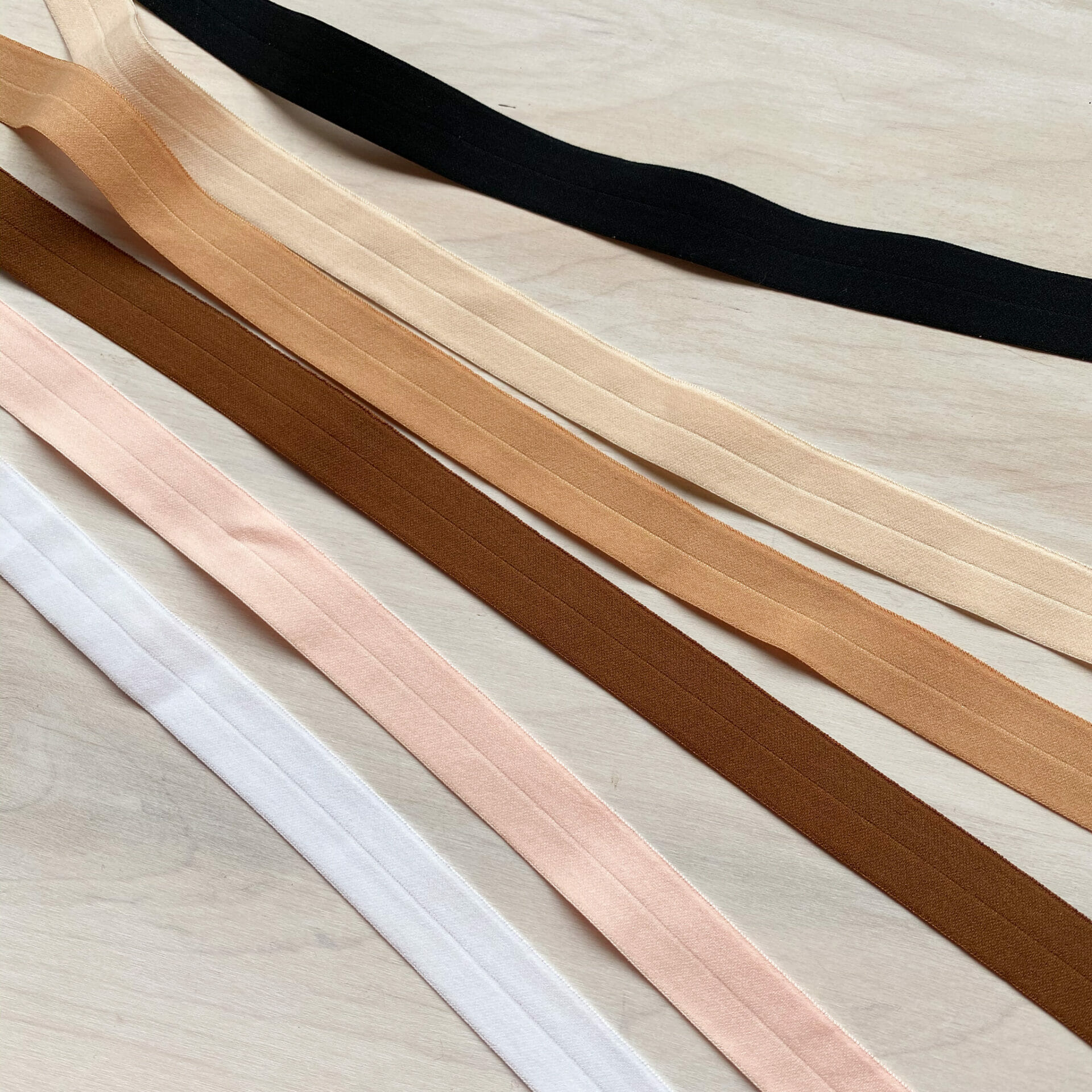


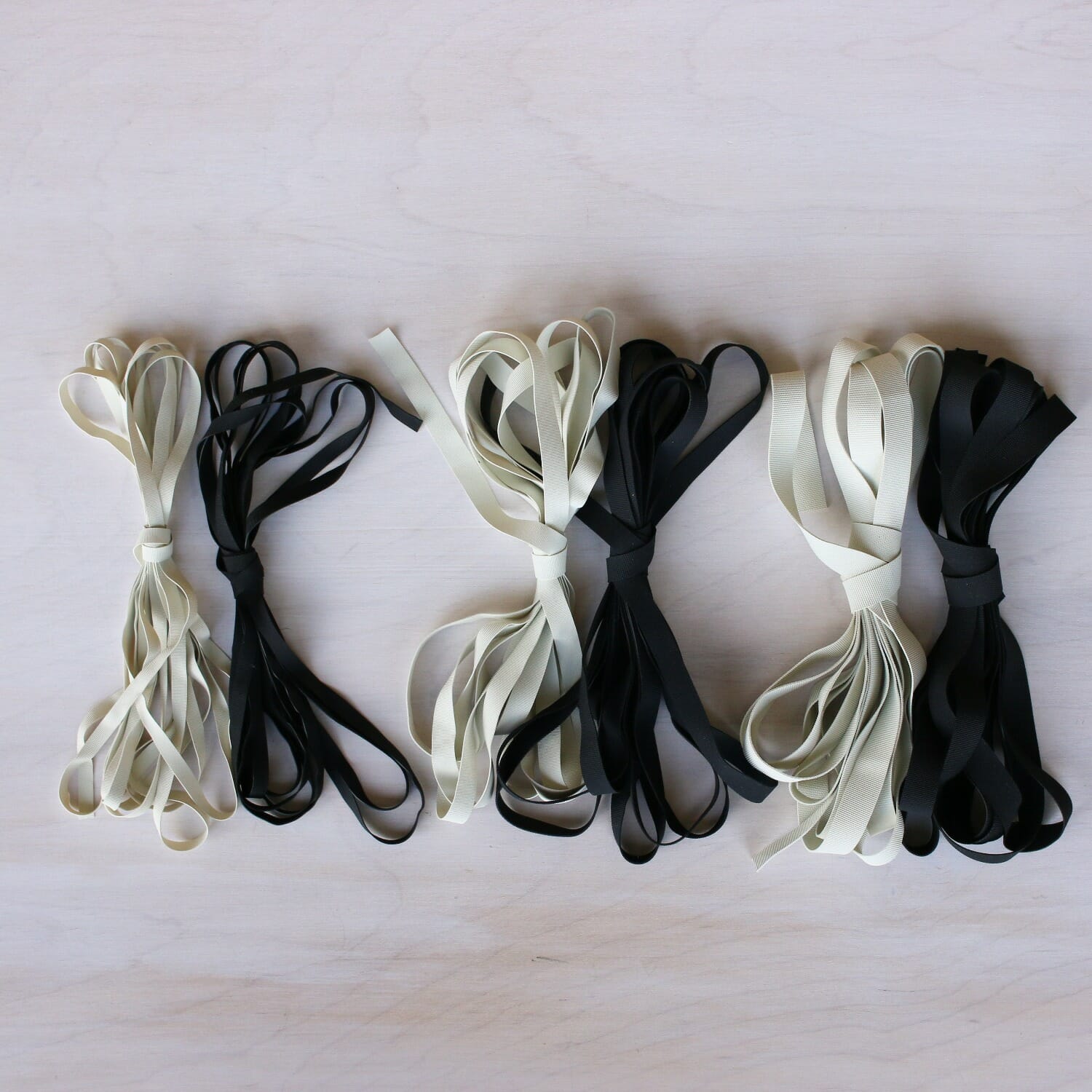

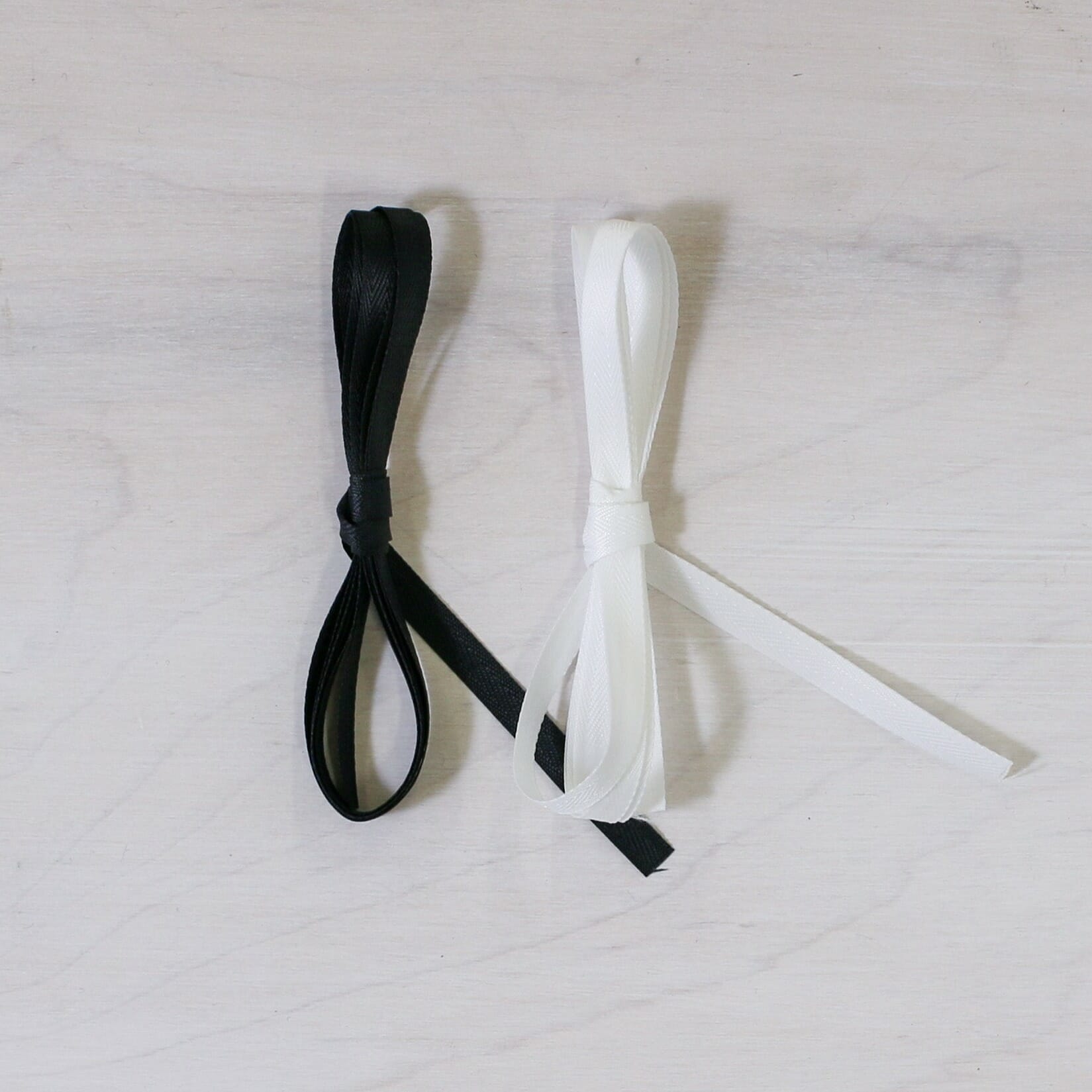
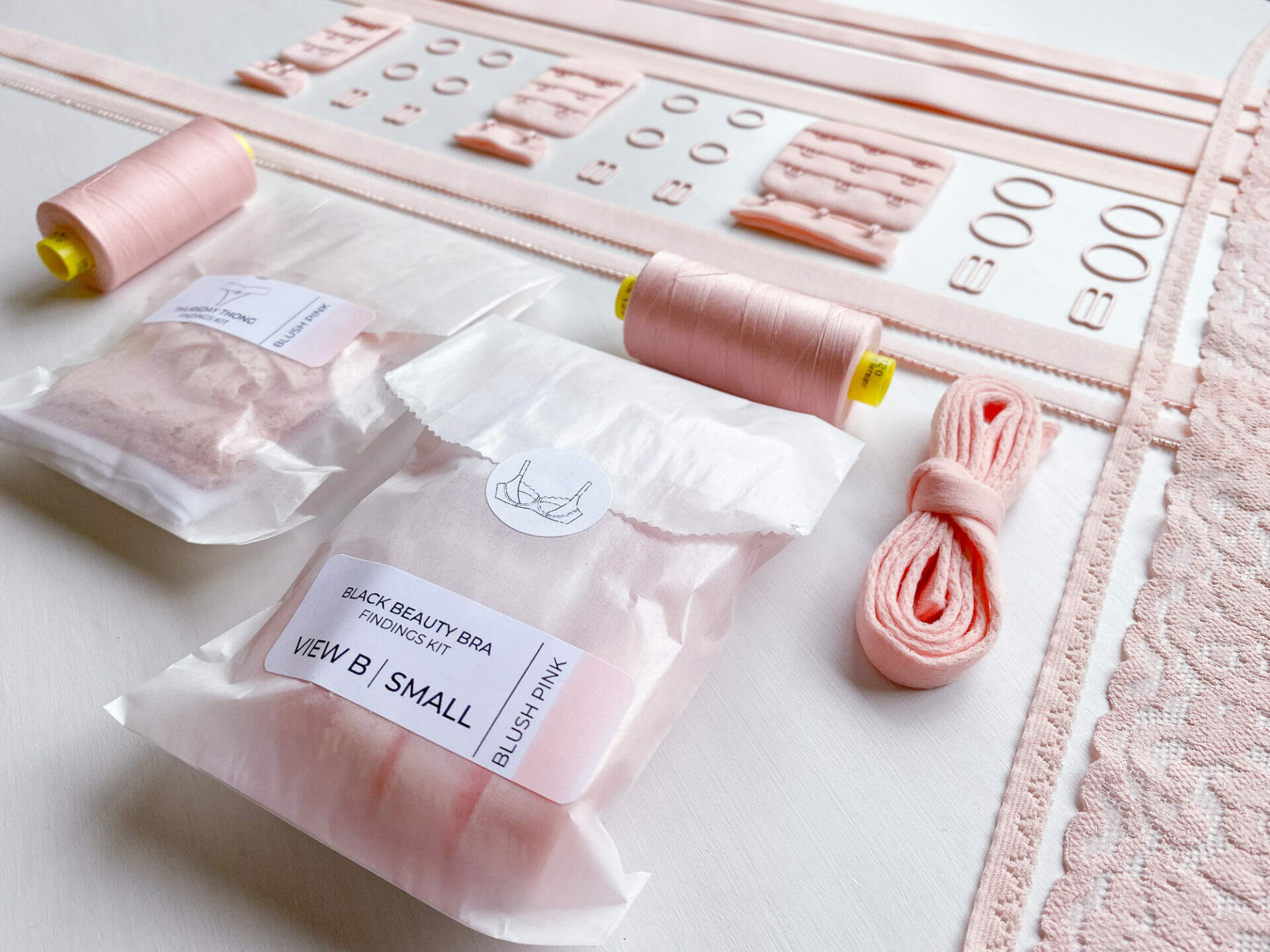


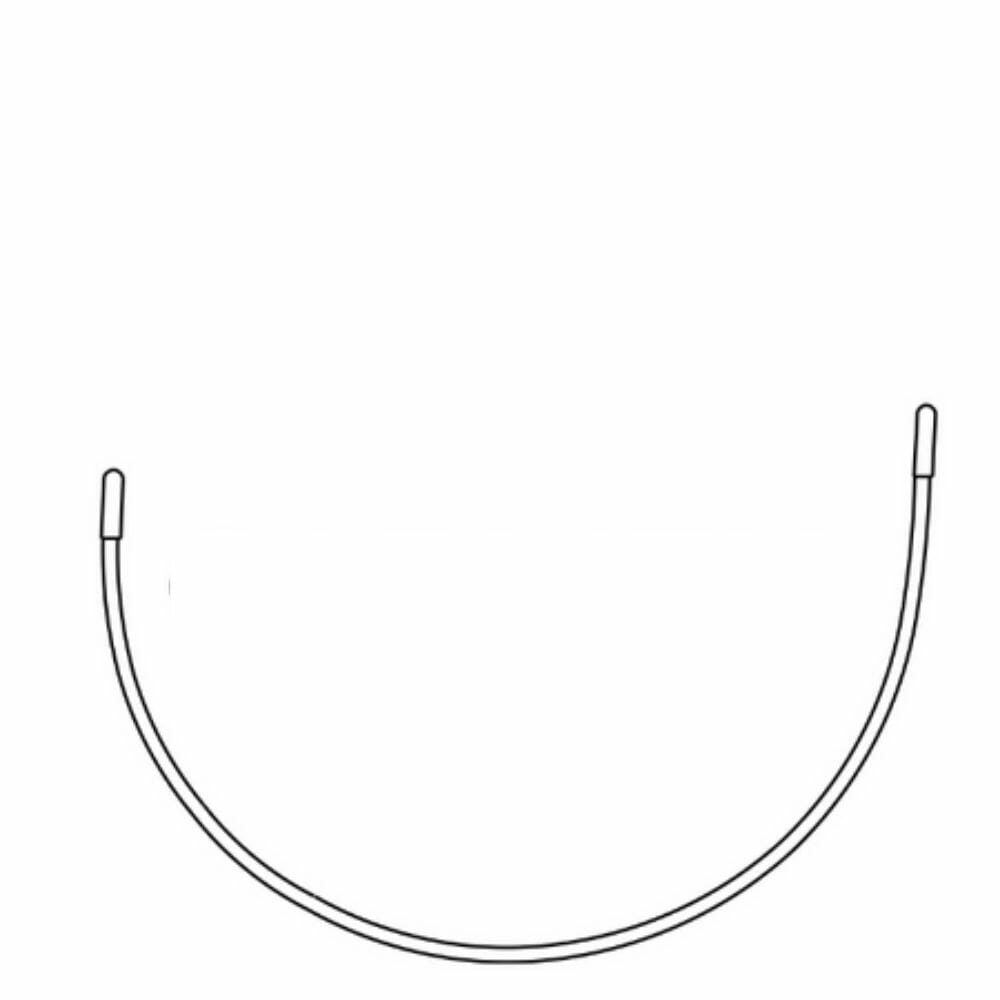


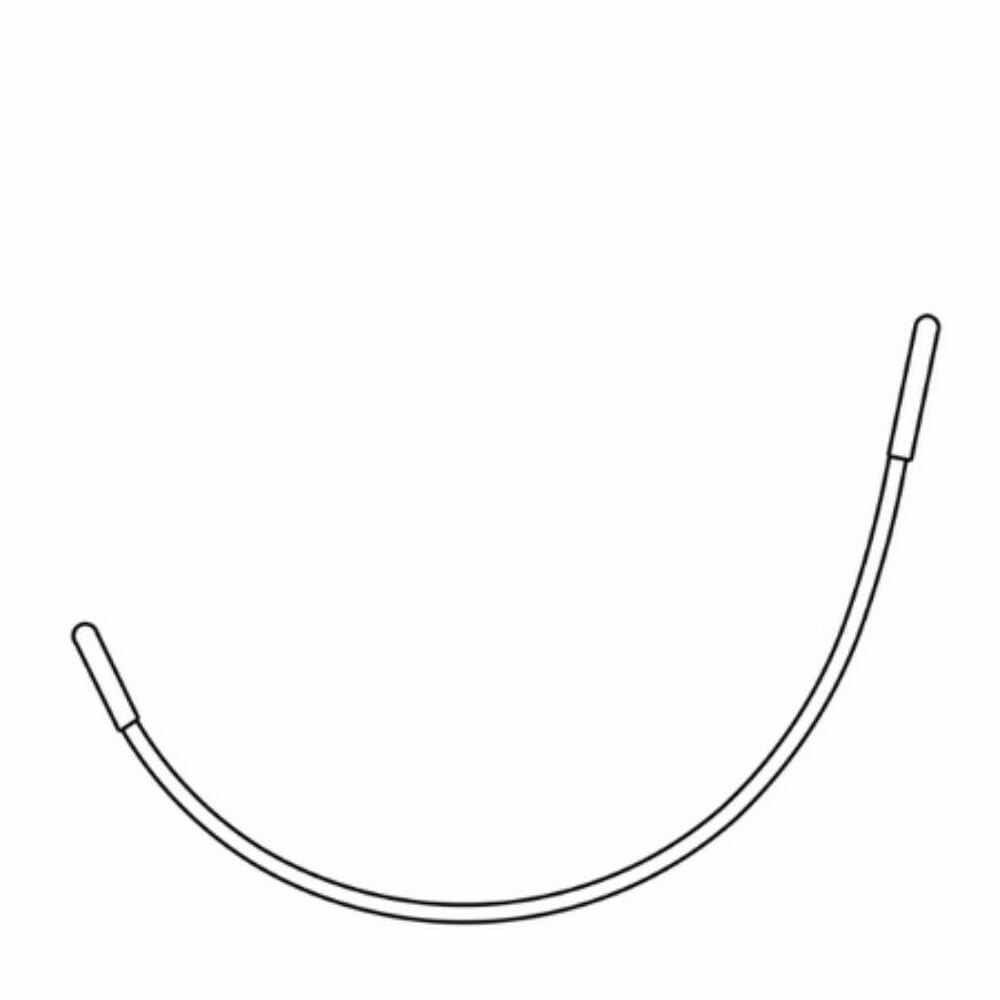


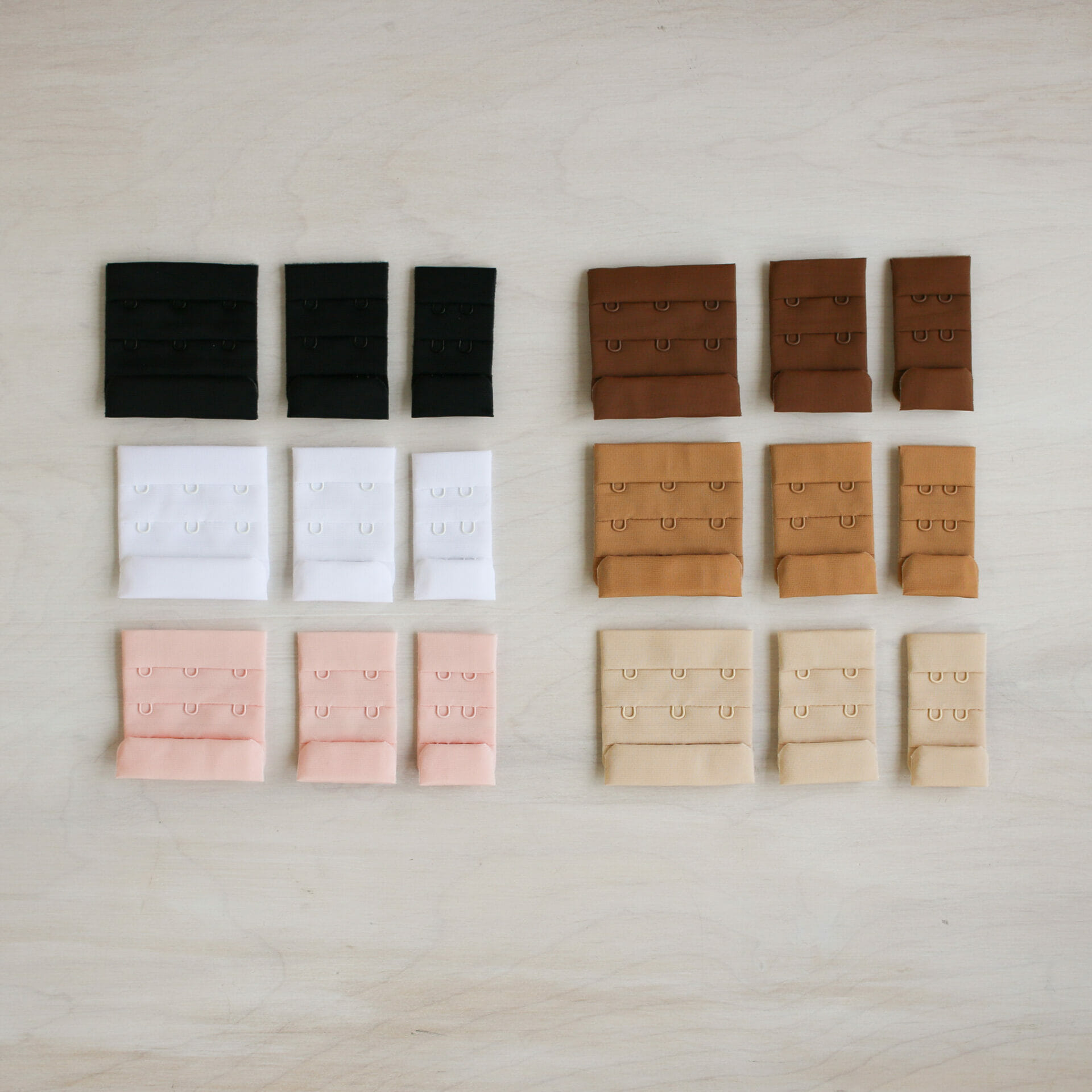

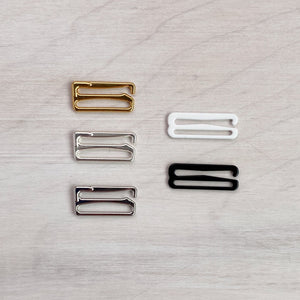
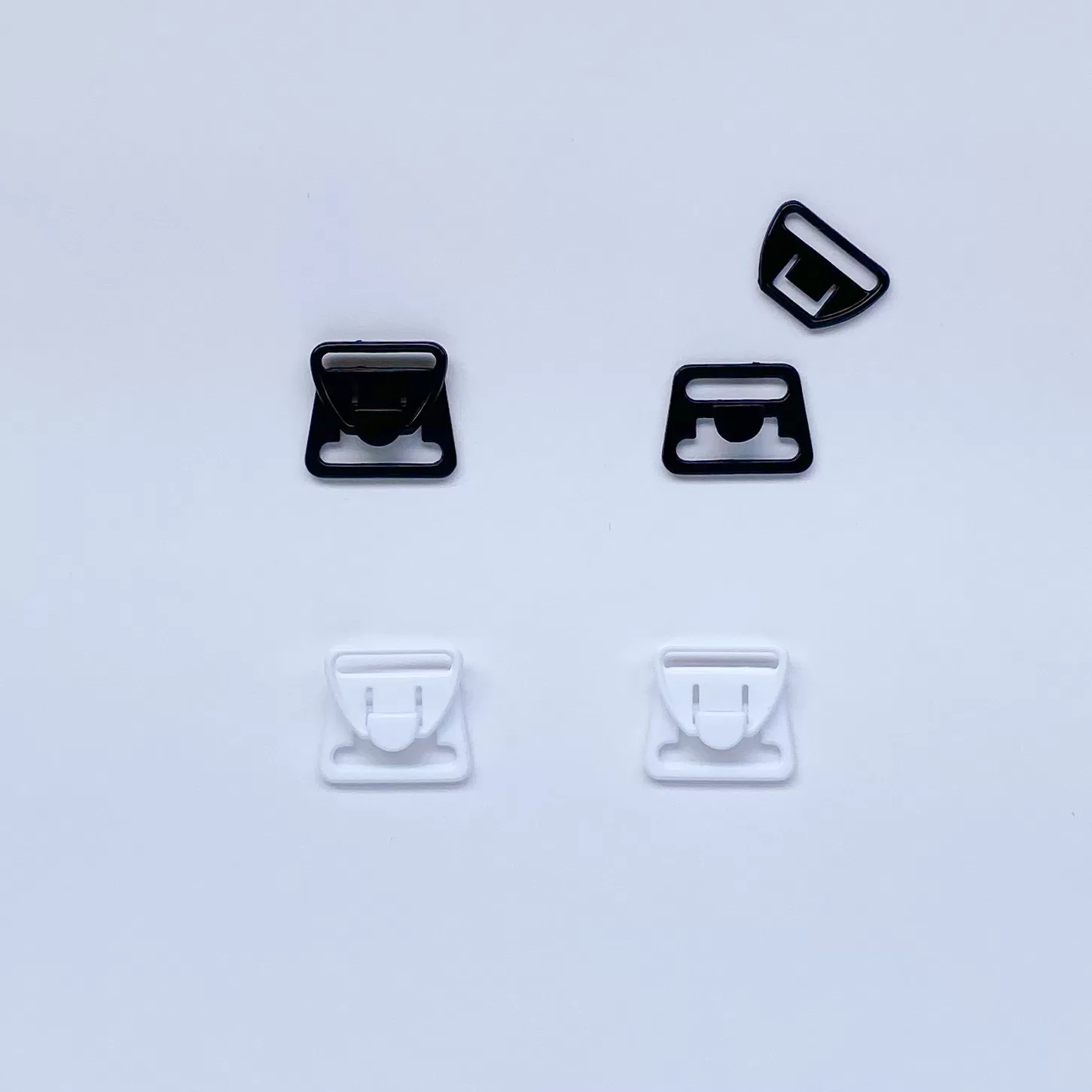




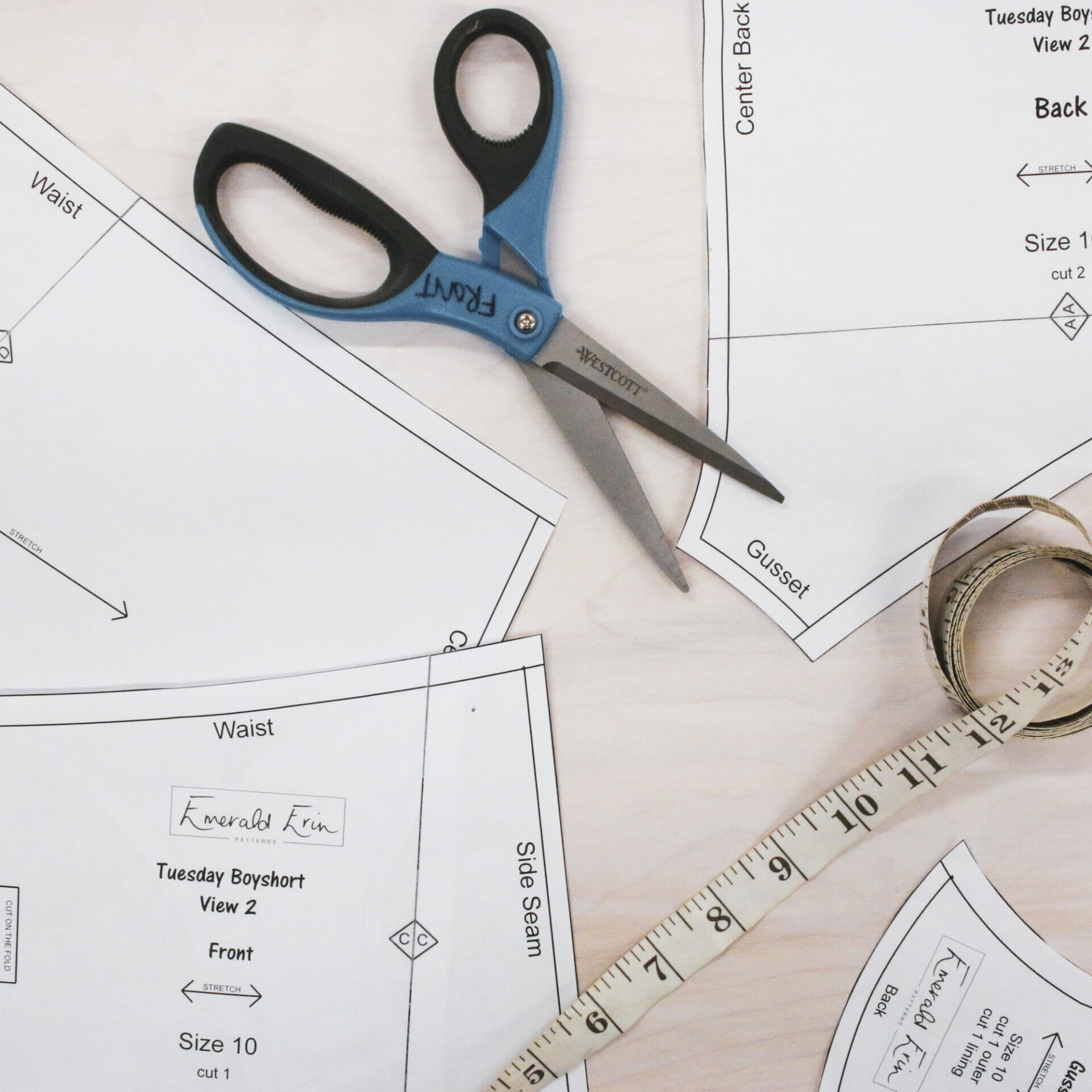

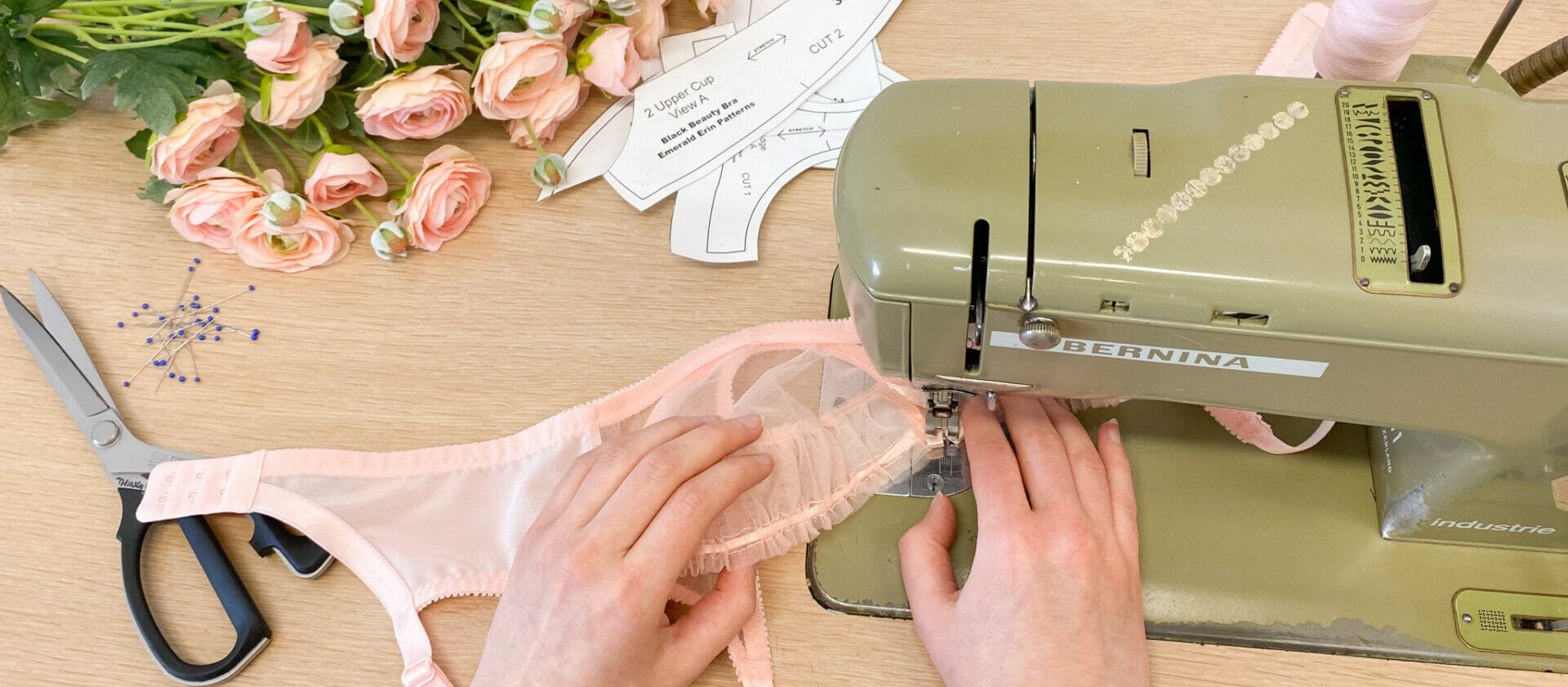
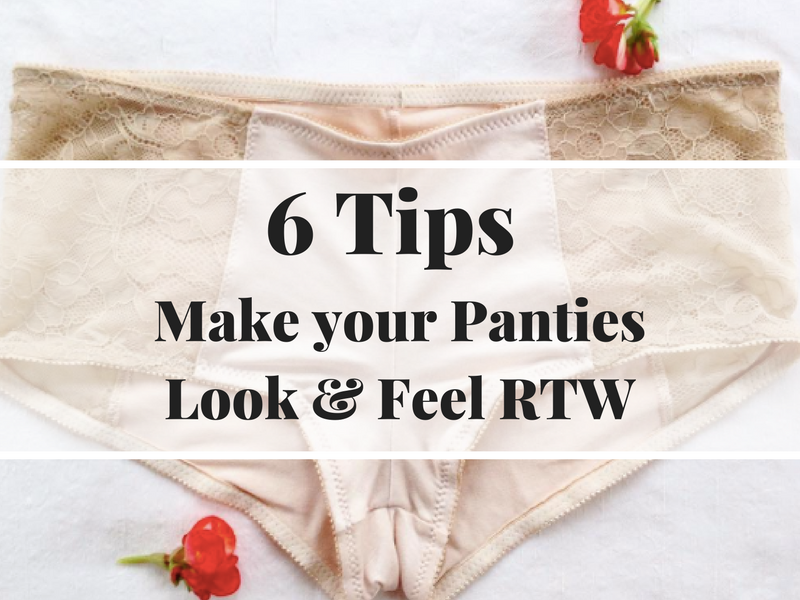
I would love links to some elastic types and sources.
Great idea for a post! I’ll get working on it 🙂
thanks Erin. I have made about 9 pairs since i saw your panty month post. I had been so focused on honing my bra skills I sort of *forgot* to make the bottoms AND how fun they are to sew up.
great blog post …
have an awesome day!
Hi Kerri! YAY – I’m totally finding panty sewing so quick and rewarding this month! it’s amazing how quickly they come together! 🙂
I ALWAYS struggle with elastic–joining it and then applying it. I make pretty much exclusively brief style undies, but I HATE that bulky spot where the foldover elastic joins together. Any tips for avoiding that? RTW doesn’t seem to have as much trouble with it as I do…
Also, any tips for proper tensioning of the elastic when you’re applying it? I’ve increased the length of elastic in my TNT pattern significantly because of my huge upper thighs, but even then I struggle with getting the tension so that I’m not pulling the elastic as hard as I can to get those last 6 inches sewn. Is this because I don’t put any tension in the lower front and crotch section?
What I like to do with my fold over is not to seam it together in a loop, but instead I just overlap it and stitch the raw edge down with a zig-zag stitch- definitely less bulky than seaming it. As far as the tension for elastic goes, it will really depend on the pattern and the elastic you are using. I also find that the leg holes can be too tight really quick- so I almost never pull my elastic at all- and if I ever do- it’s just a little bit of tension in the lower back leg (where it would hug under the cheek). 🙂
So It doesn’t unravel if you do it that way? I’ve always been concerned it would start fraying if I didn’t seam it and hide the edges. Going to have to try that now, thanks!
Love this Erin! Some great tips there! I’d maybe add that you can’t always use exactly matching materials for bra and panties sets. (I attempted to add powermesh sides to a panty and they ended up in the bin!) I am just about to have a nice paw through my lingerie supplies to stitch up another set.
These are awesome tips you provide to make your panties look real. Iam a fan of the stretchy bamboo fabric on boyshorts myself like you described.. Good insight about finishing your seams. Your blog helps me out a ton
So happy to help!
Hi can you tell me what are the best type of fabric to use for the crotch lining?
I would use something like organic cotton, or bamboo 🙂
Hi Erin.
Good job.
Do you insert a gusset in your boyshorts?….and if so….Is it similar to the pantie gusset?
Thanks.